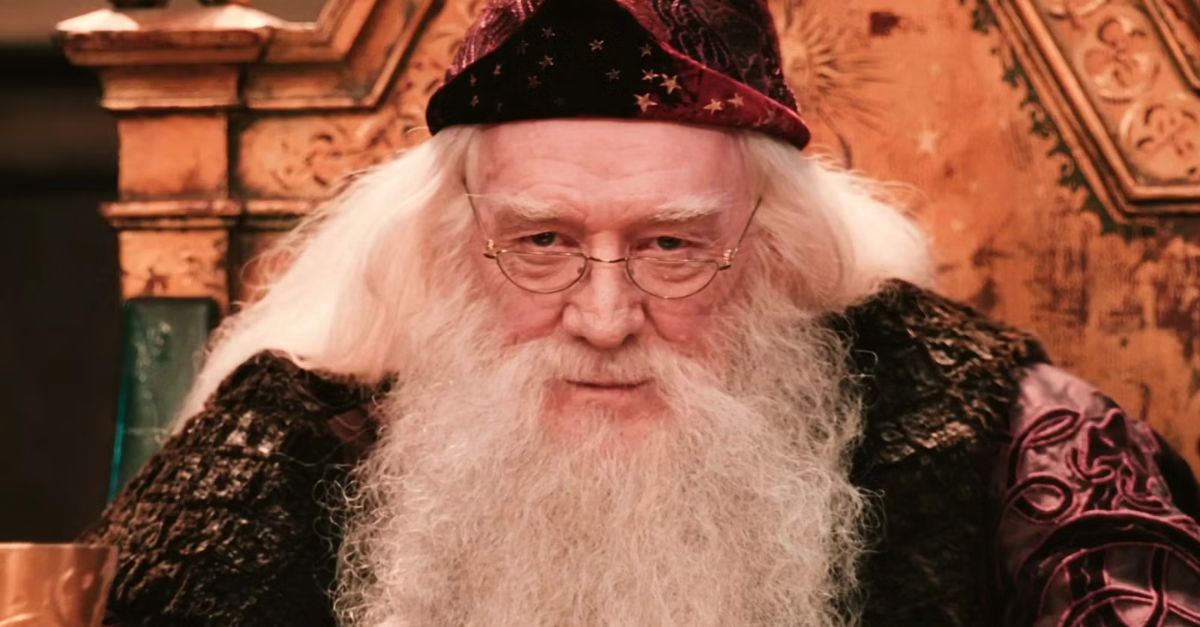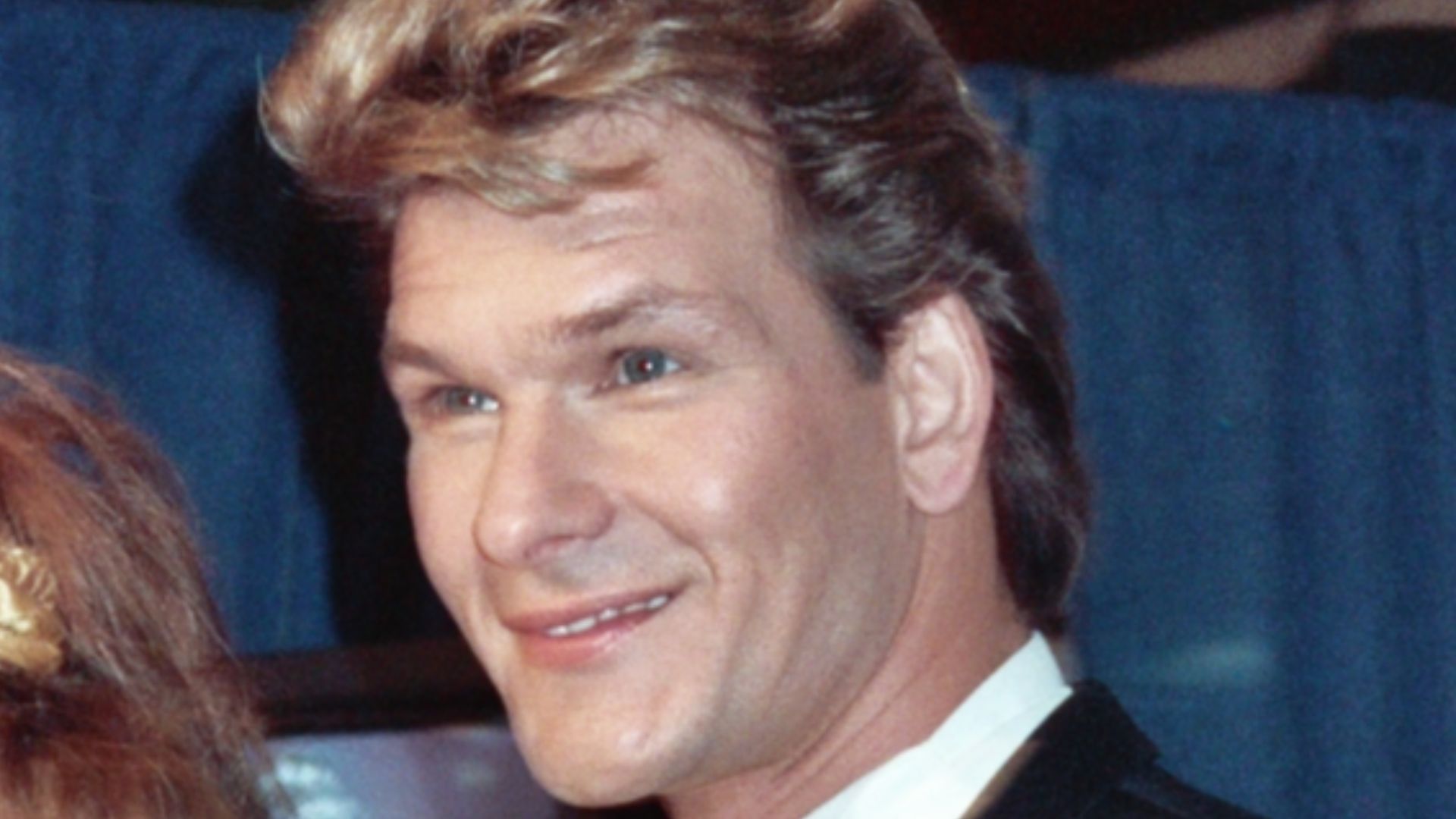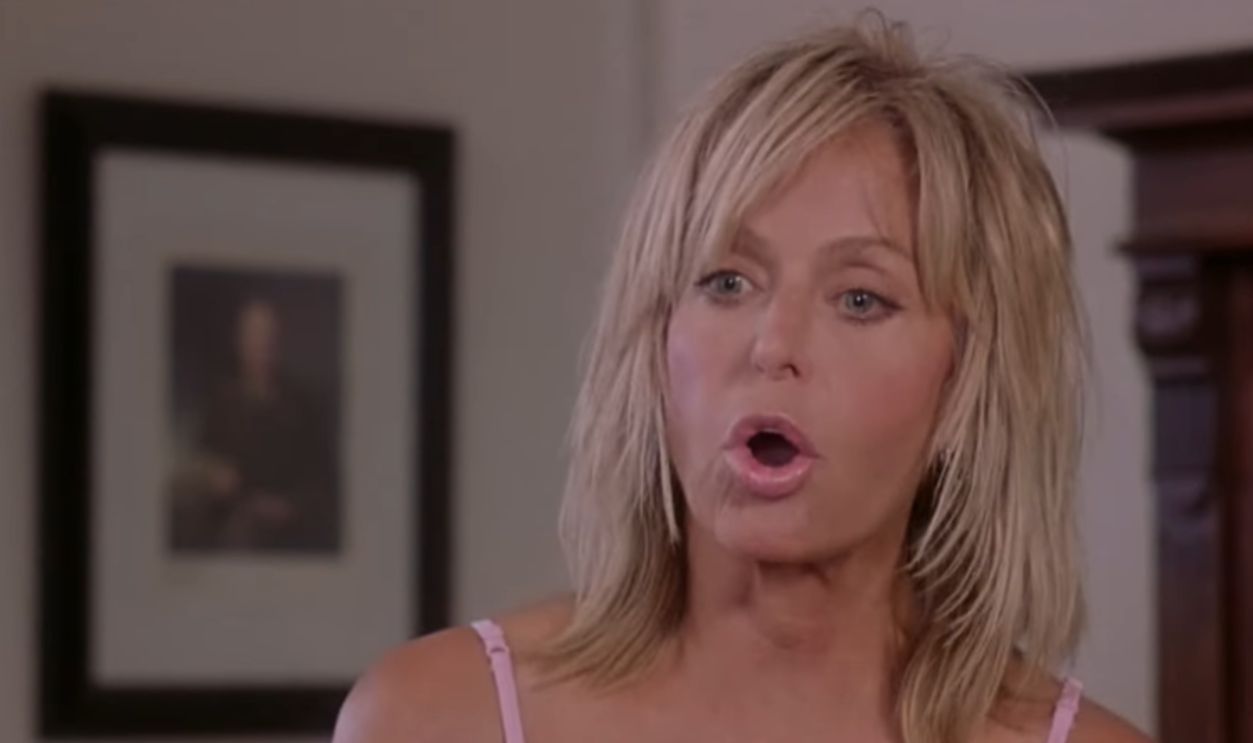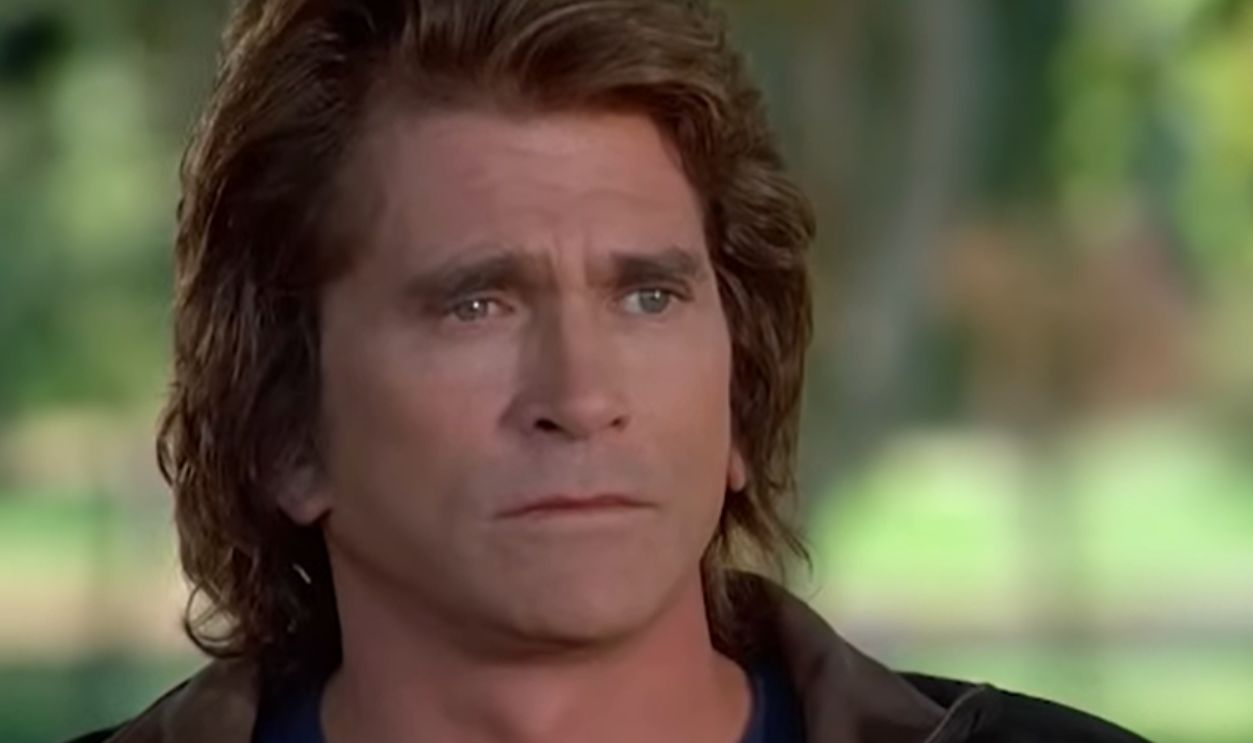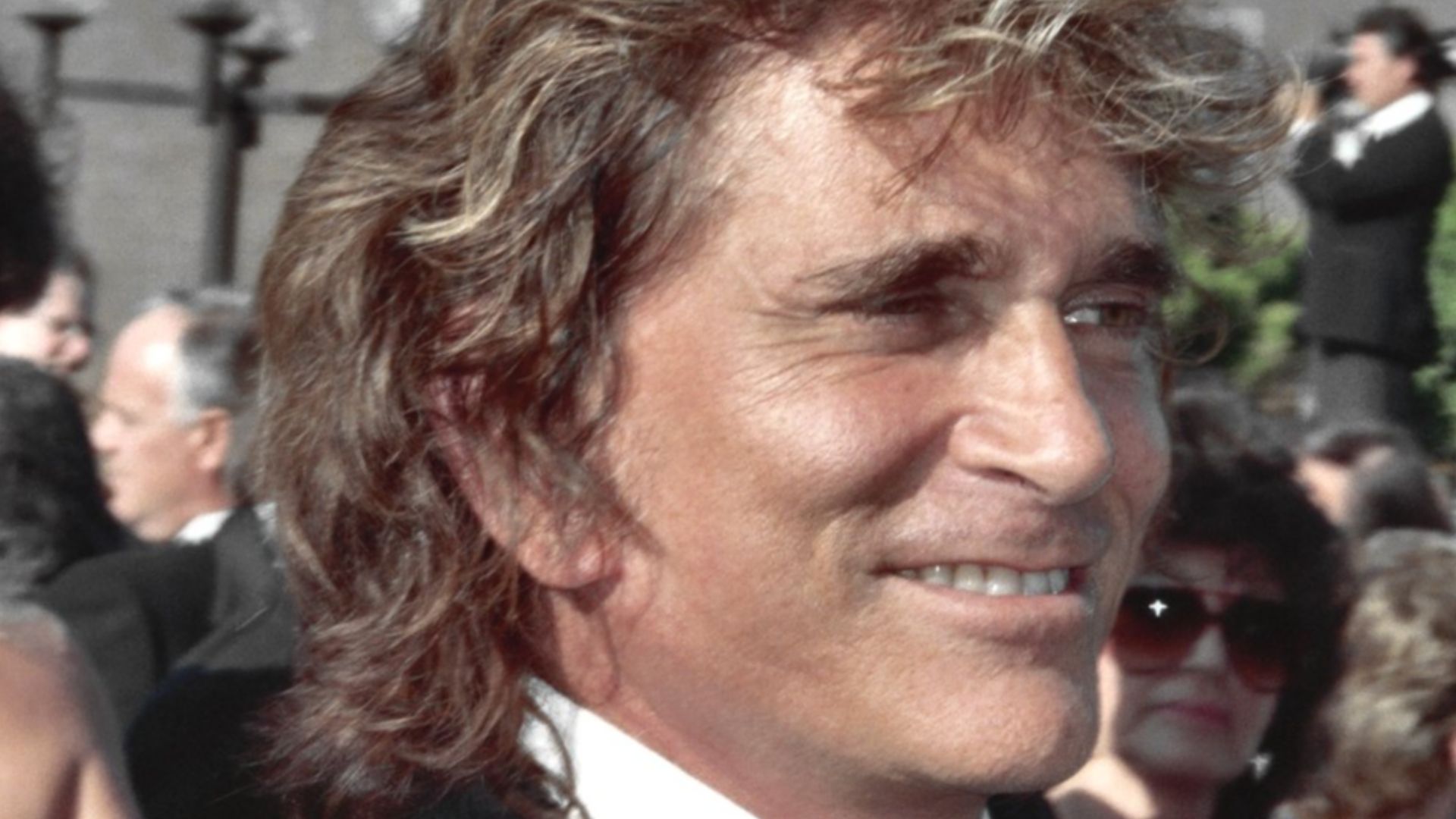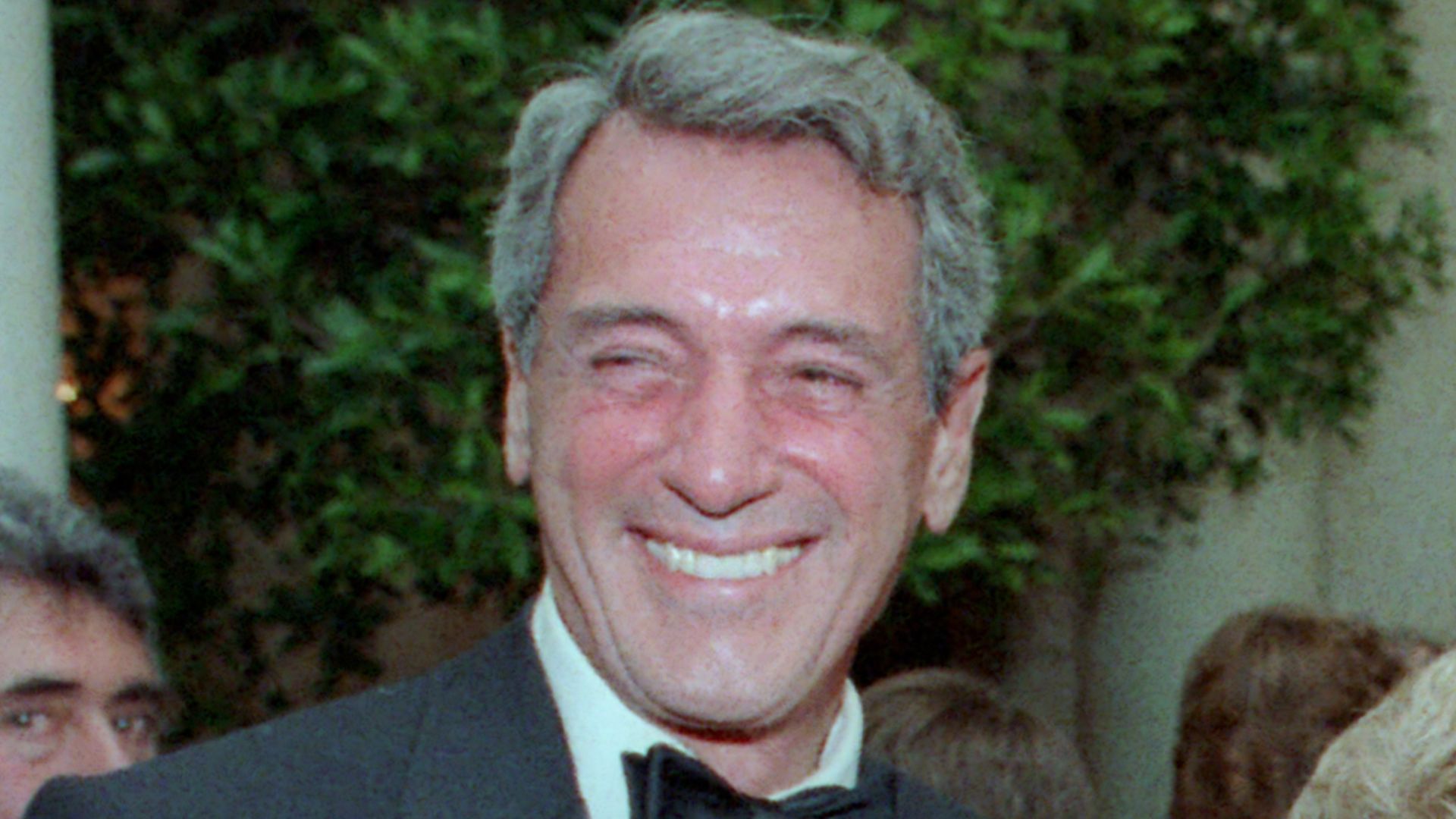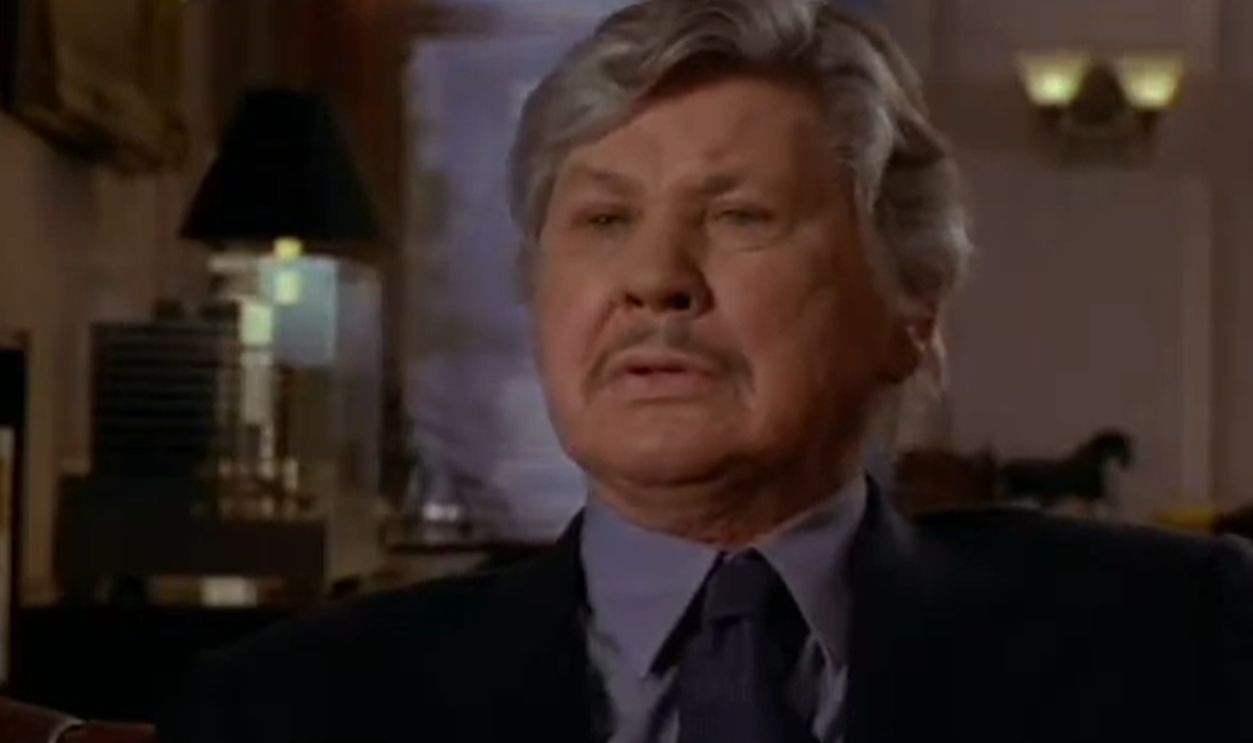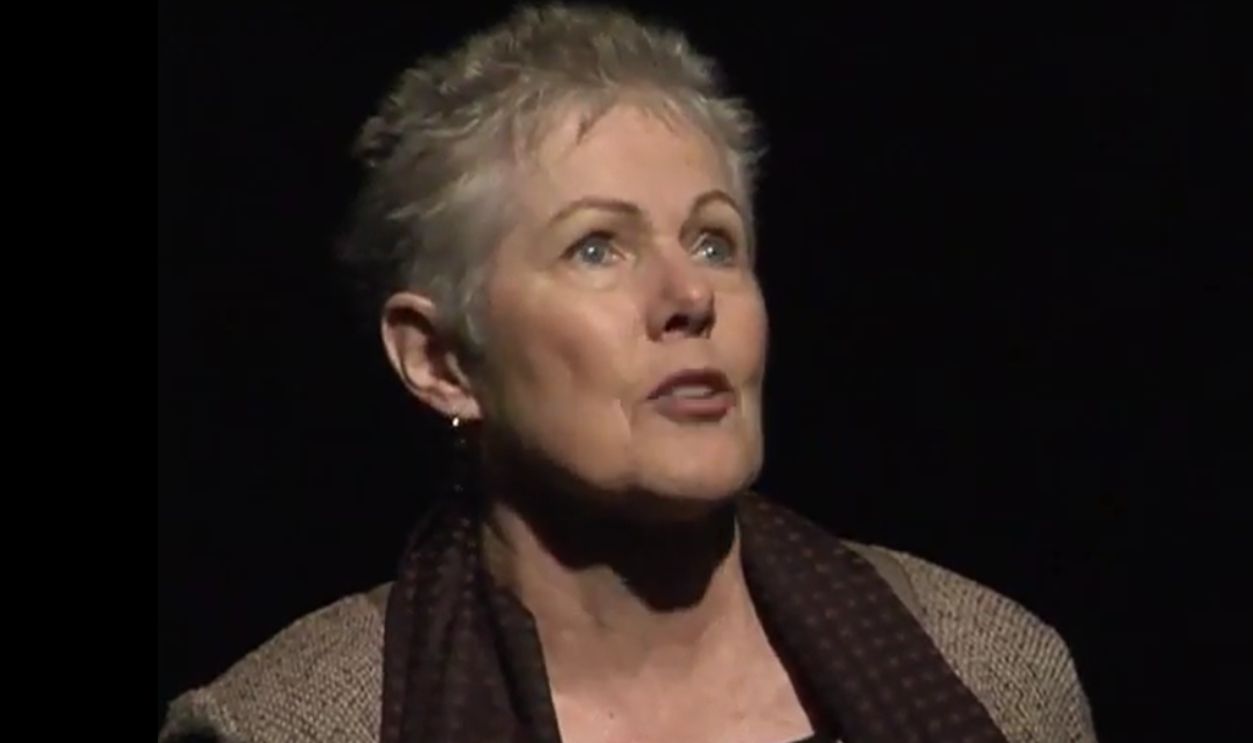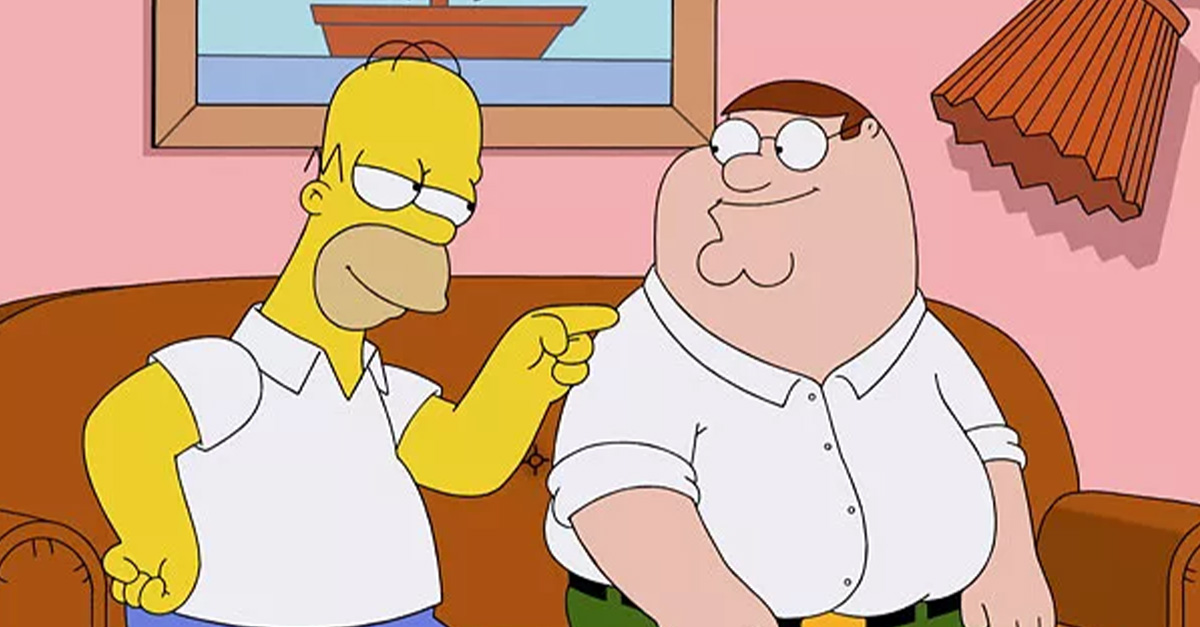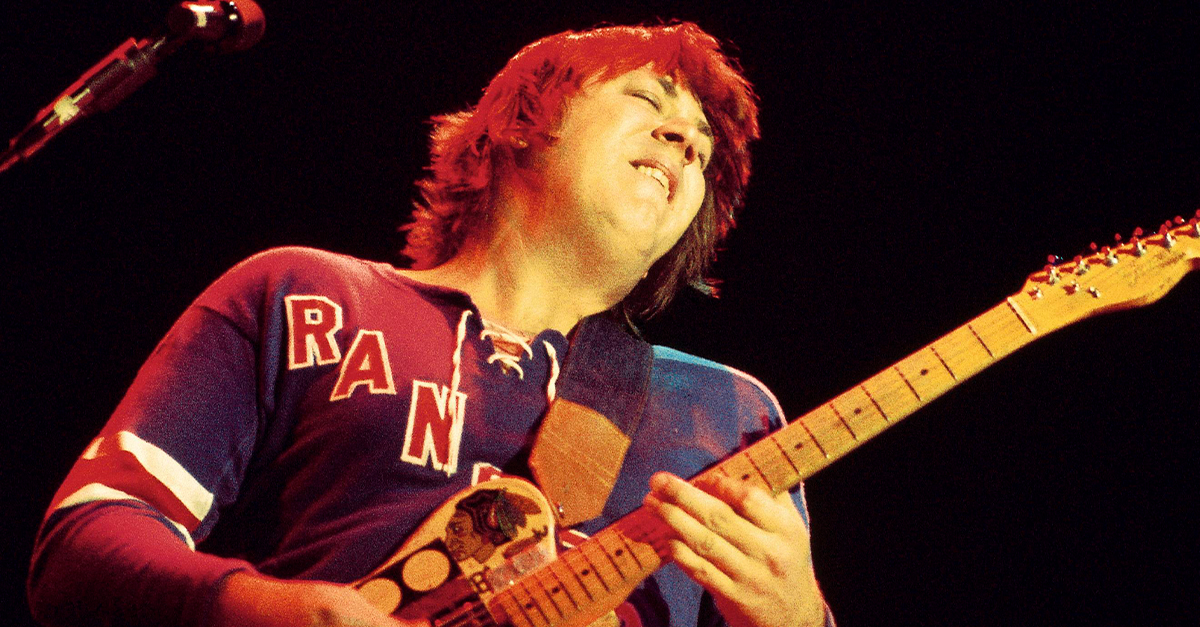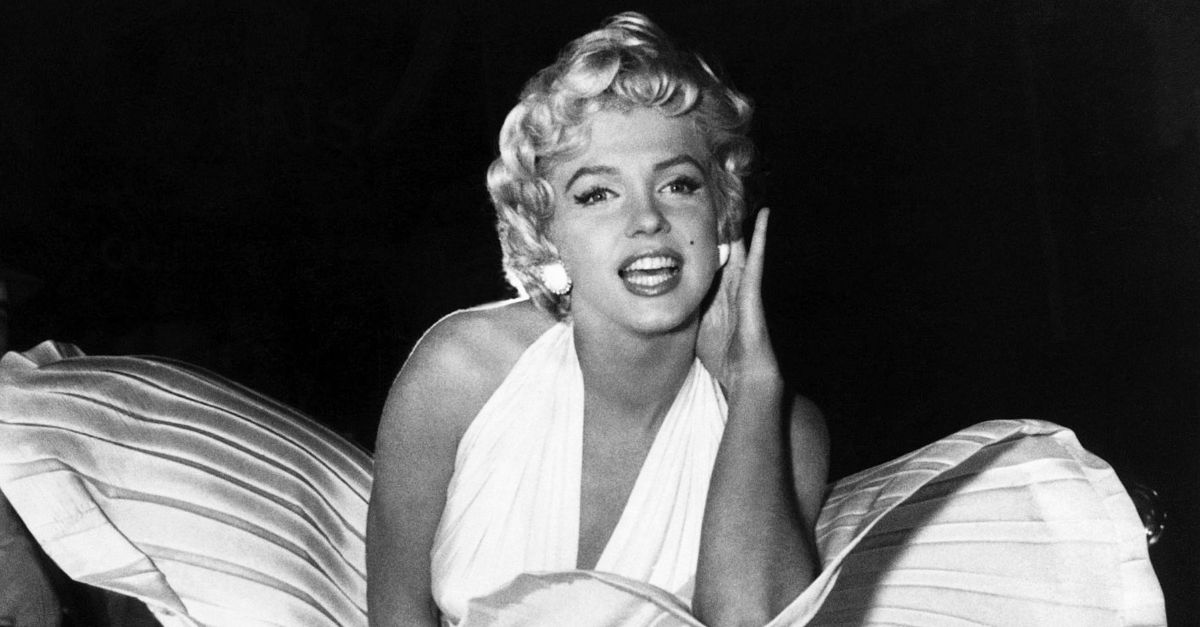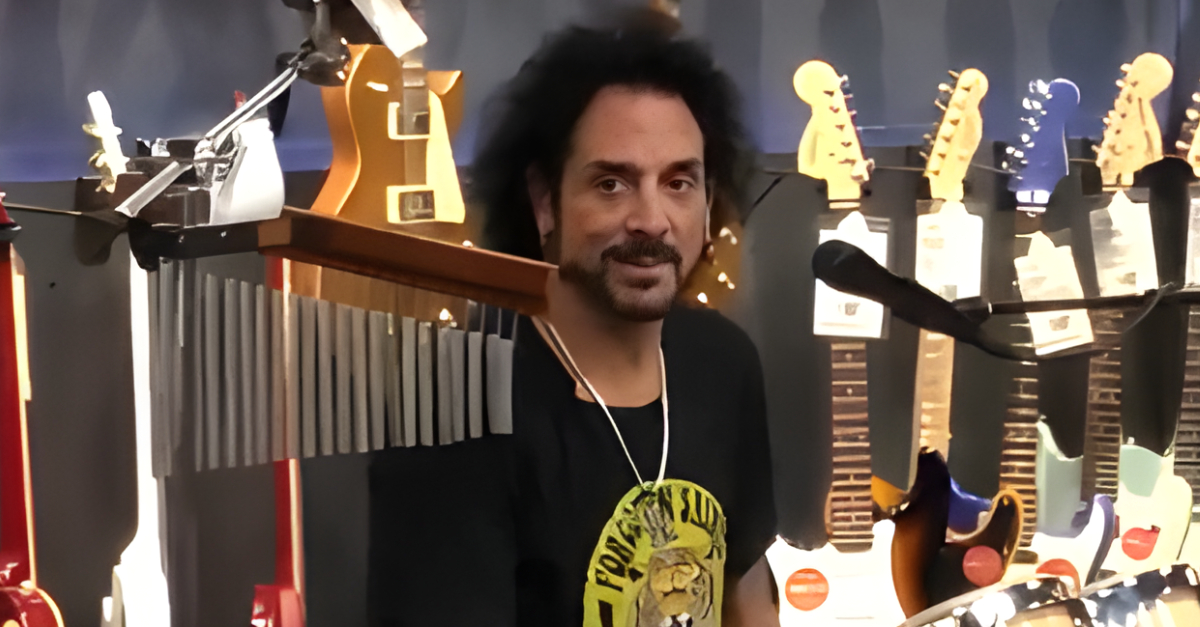Knowing What Follows After The Curtain Closes
In the glimmering lights of Hollywood, some stars shine brightest when the end is near. This list looks back at the last performances of legendary actors who, even in the face of terminal illness, gave unforgettable final acts.
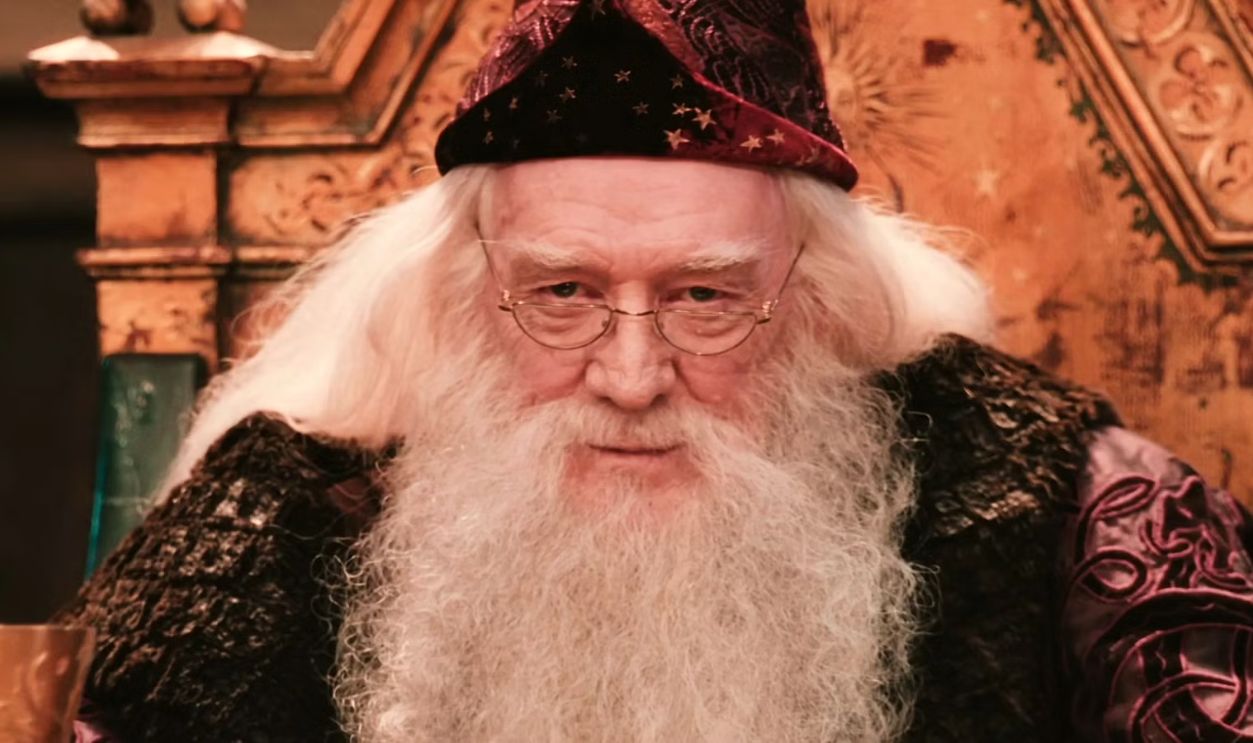
Chadwick Boseman
Chadwick Boseman's posthumous Oscar nomination for Best Actor crystallized the bittersweet legacy of Ma Rainey’s Black Bottom. The movie was dedicated to his memory after his August 2020 passing from colon cancer.
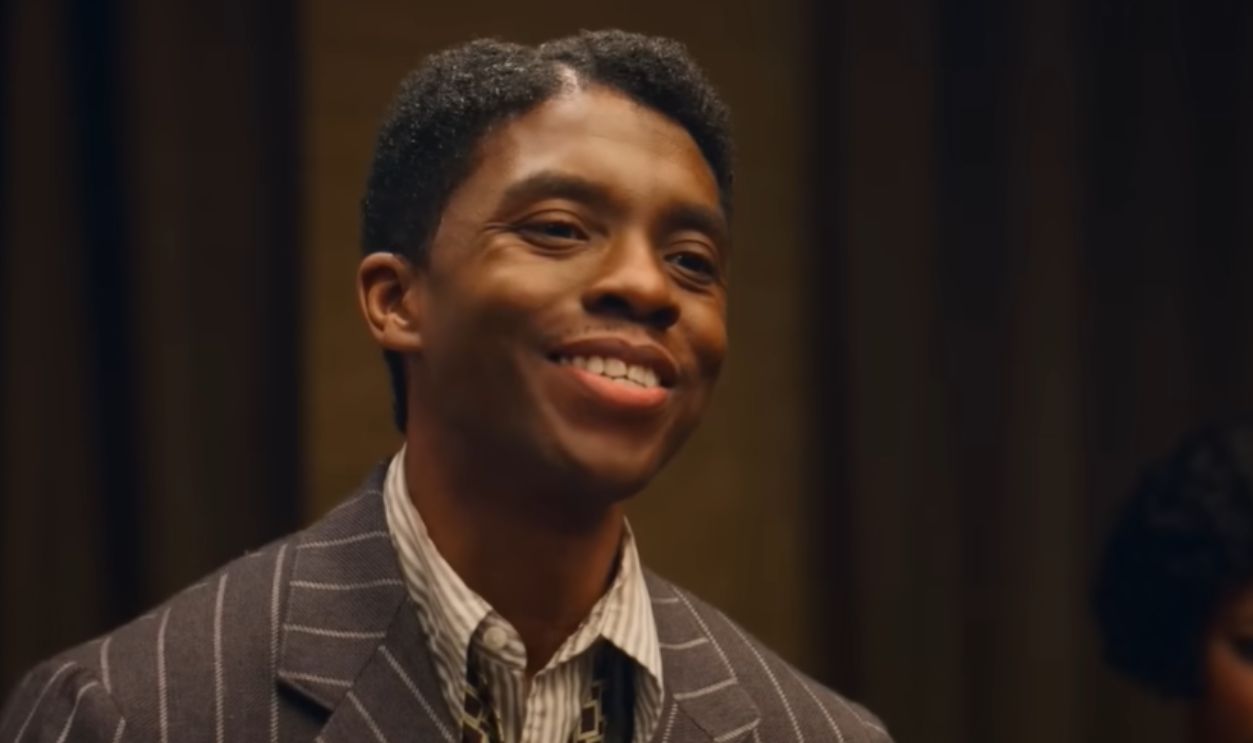 Netflix, Ma Rainey's Black Bottom (2020)
Netflix, Ma Rainey's Black Bottom (2020)
Chadwick Boseman (Cont.)
His final screen performance as Levee proved devastatingly authentic. Boseman’s emotional vulnerability unknowingly created a cinematic farewell of unmatched intensity. The world lost a legend way too soon.
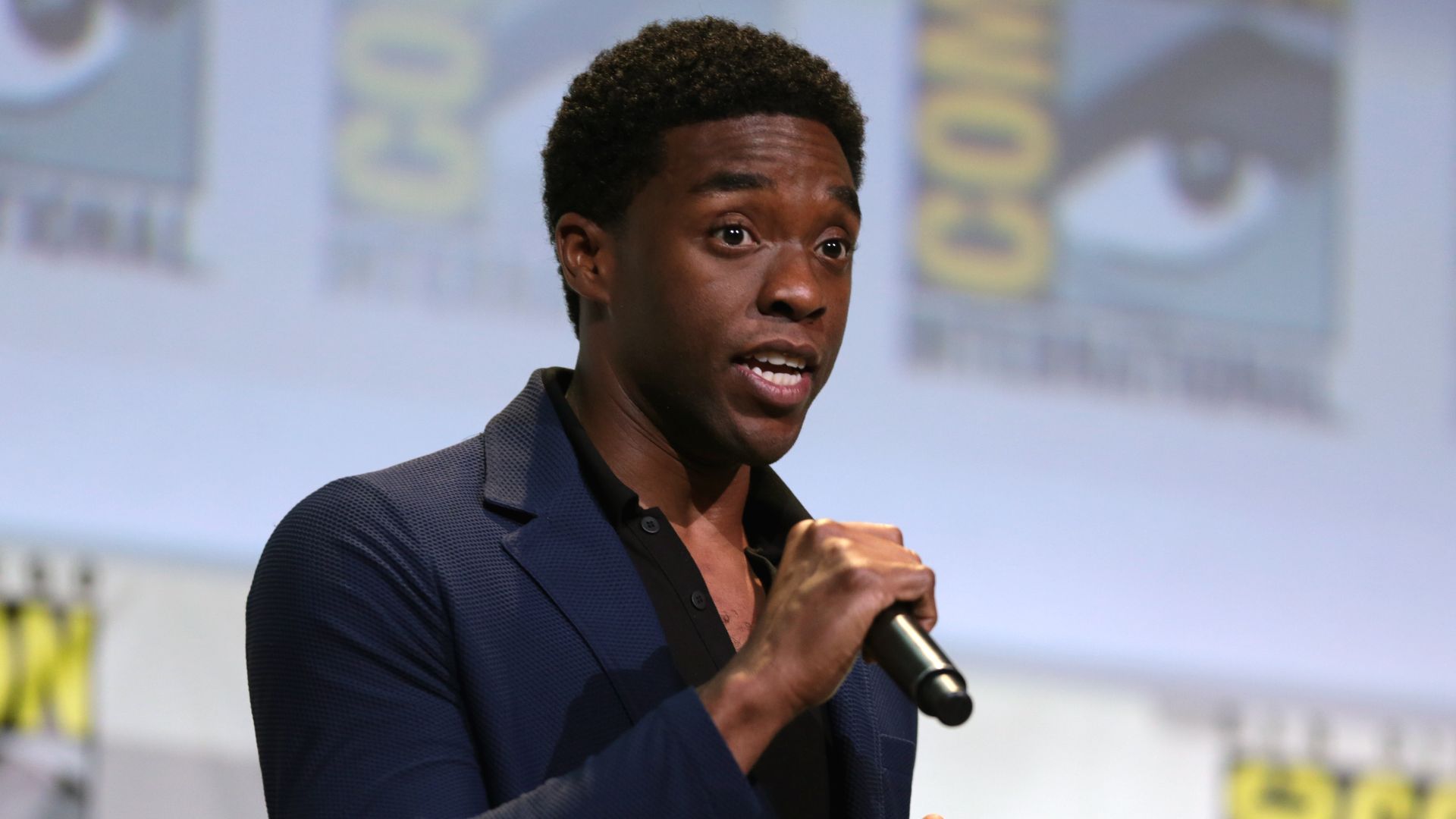 Gage Skidmore from Peoria, AZ, United States of America, Wikimedia Commons
Gage Skidmore from Peoria, AZ, United States of America, Wikimedia Commons
John Hurt
That Good Night proved a fitting finale for John Hurt, coming after illness forced him to step away from portraying Neville Chamberlain in Darkest Hour. The beloved actor battled pancreatic cancer from 2015.
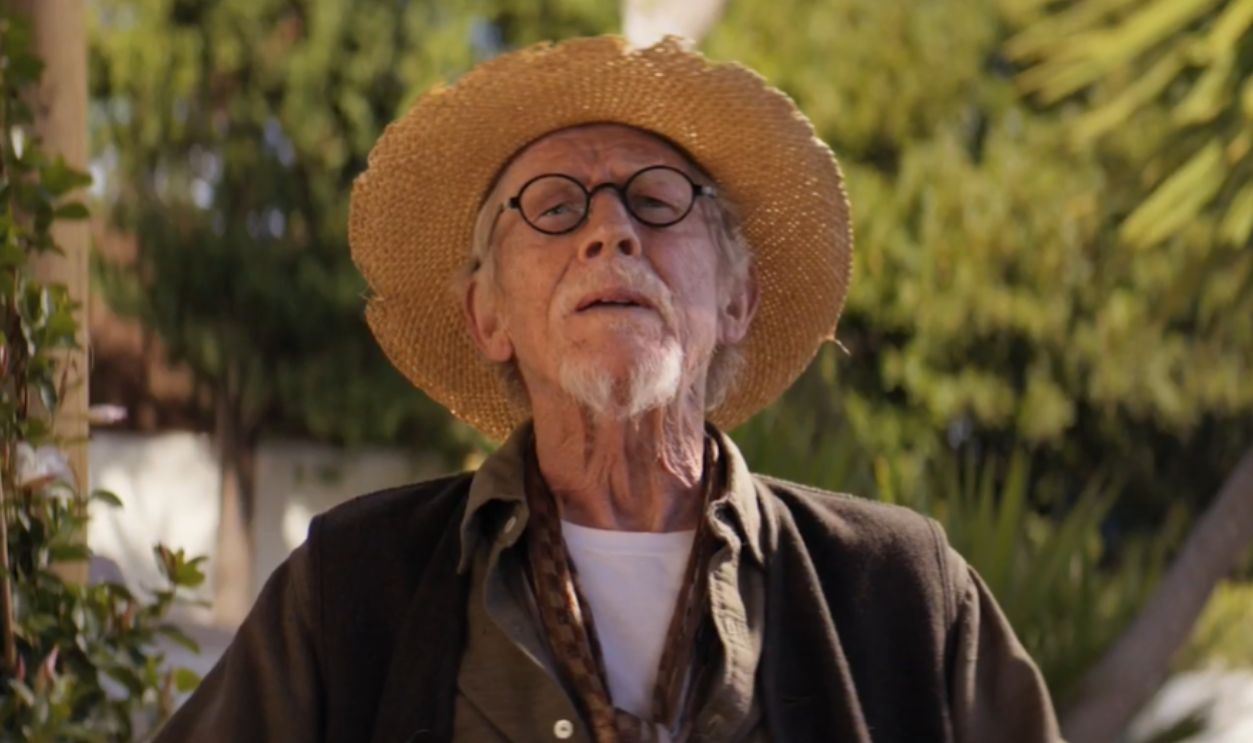 Double Dutch International, That Good Night (2017)
Double Dutch International, That Good Night (2017)
John Hurt (Cont.)
Imagine the horror of learning of a terminal illness the same year you earn knighthood. Well, that was John Hurt’s story. This ended a career defined by resilience and unforgettable performances, such as The Elephant Man.
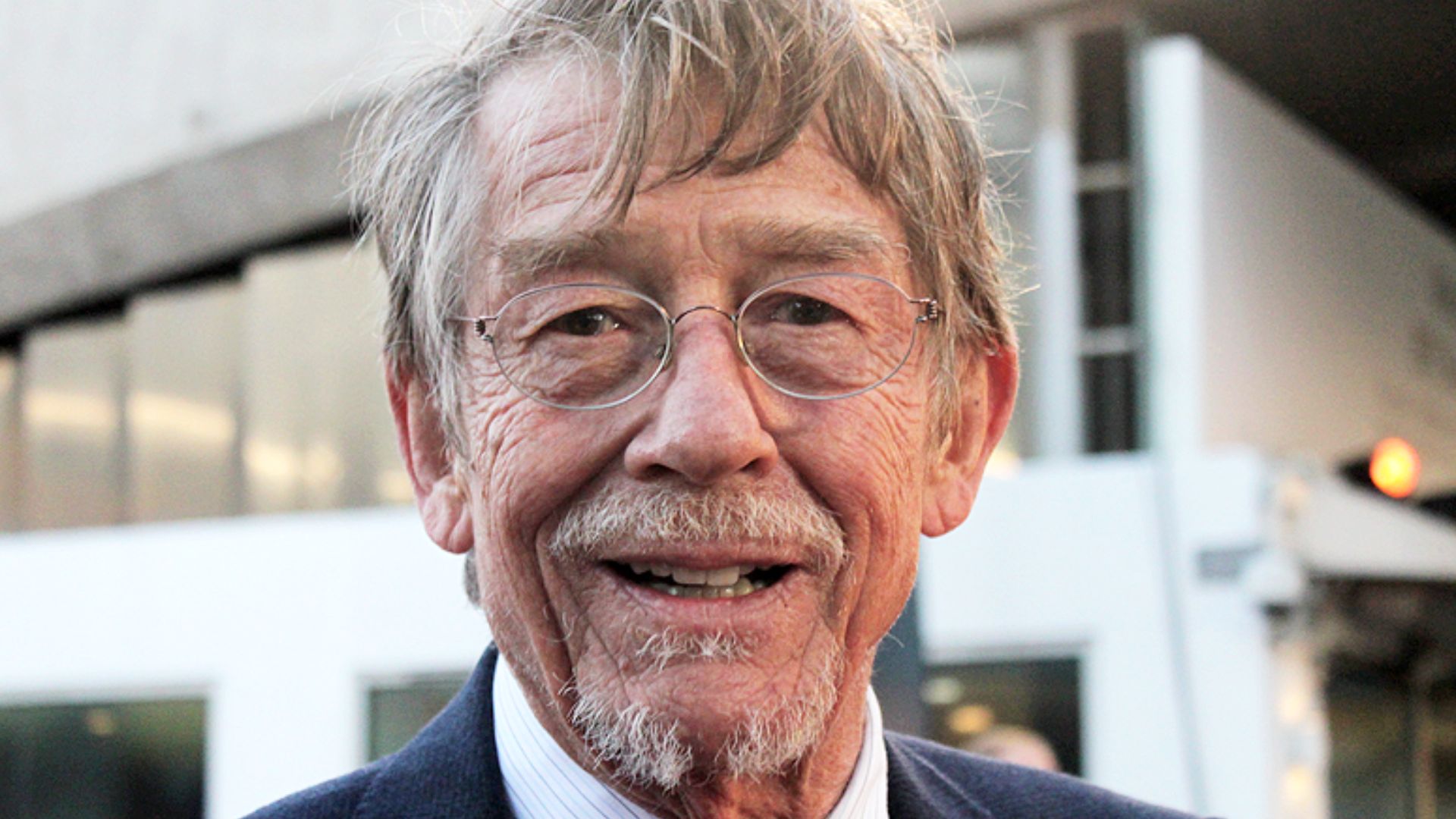 Sam Hughes from UK, Wikimedia Commons
Sam Hughes from UK, Wikimedia Commons
Alan Rickman
When Alice Through the Looking Glass hit theaters in 2016, audiences heard Alan Rickman's voice as Absolem one last time. The beloved actor had quietly finished recording while battling….
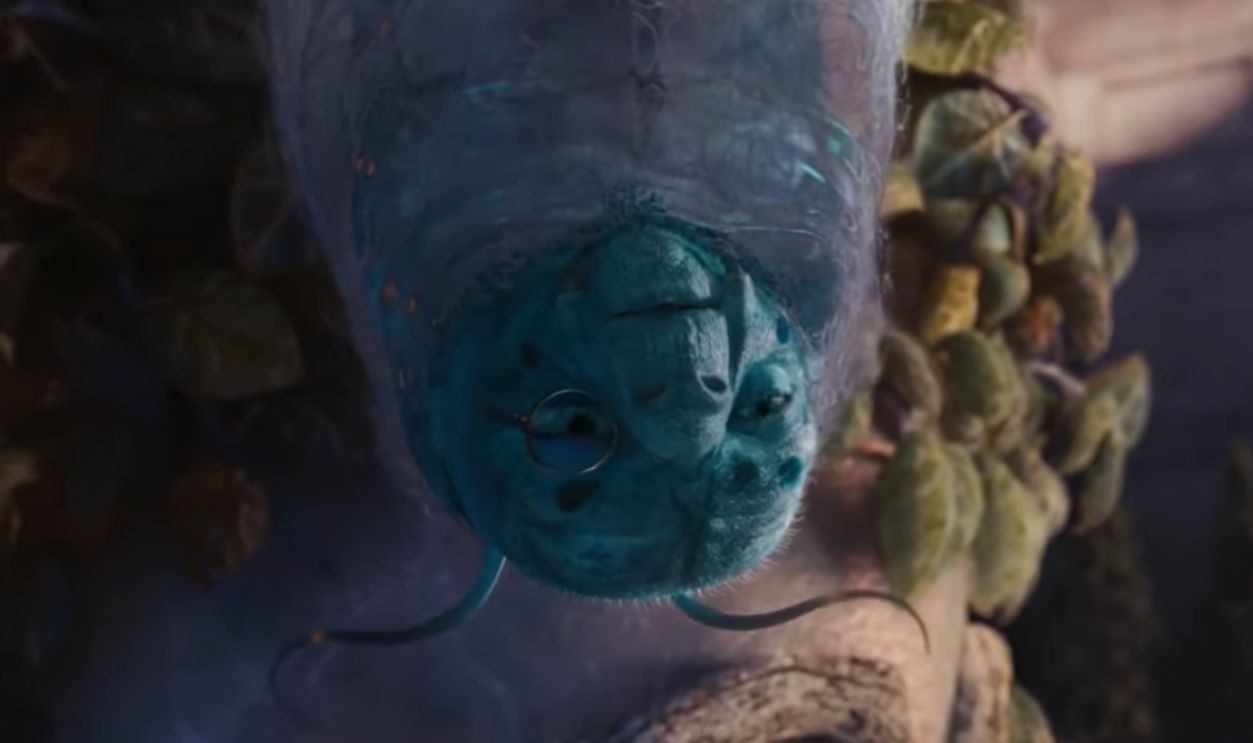 Walt Disney Studios, Alice Through the Looking Glass (2016)
Walt Disney Studios, Alice Through the Looking Glass (2016)
Alan Rickman (Cont.)
…pancreatic cancer. His fight against the disease claimed him that January. It was a serene and poetic farewell from the man who made subtlety magnetic. He was a Hollywood legend who could effortlessly switch between villain and hero.
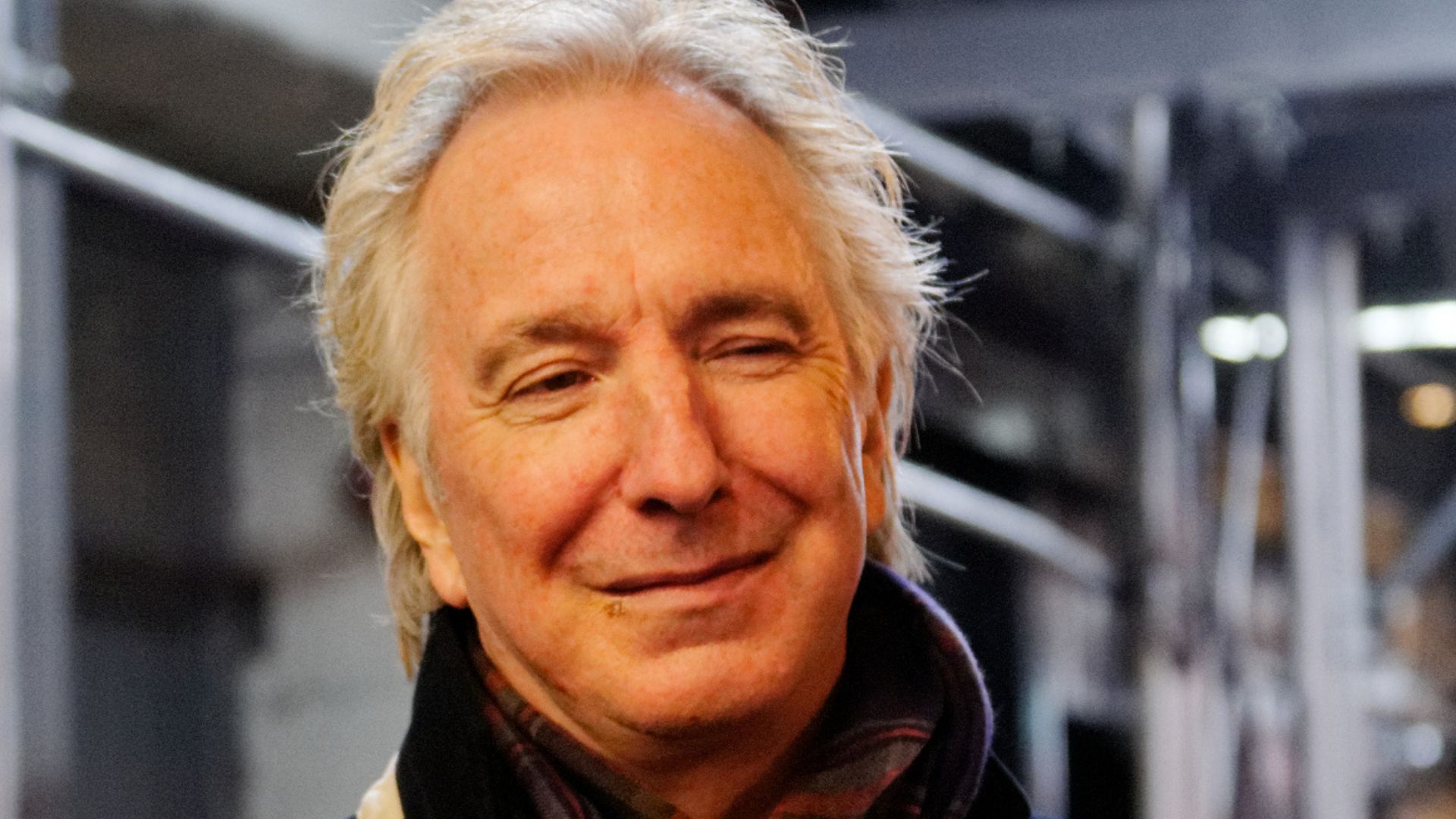 Marie-Lan Nguyen, Wikimedia Commons
Marie-Lan Nguyen, Wikimedia Commons
Patrick Swayze
Beyond his mesmerizing footwork in Dirty Dancing, Patrick Swayze’s artistry reached new emotional depths in The Beast (2009). His diagnosis of pancreatic cancer didn’t stop him from giving everything to the role. Why?
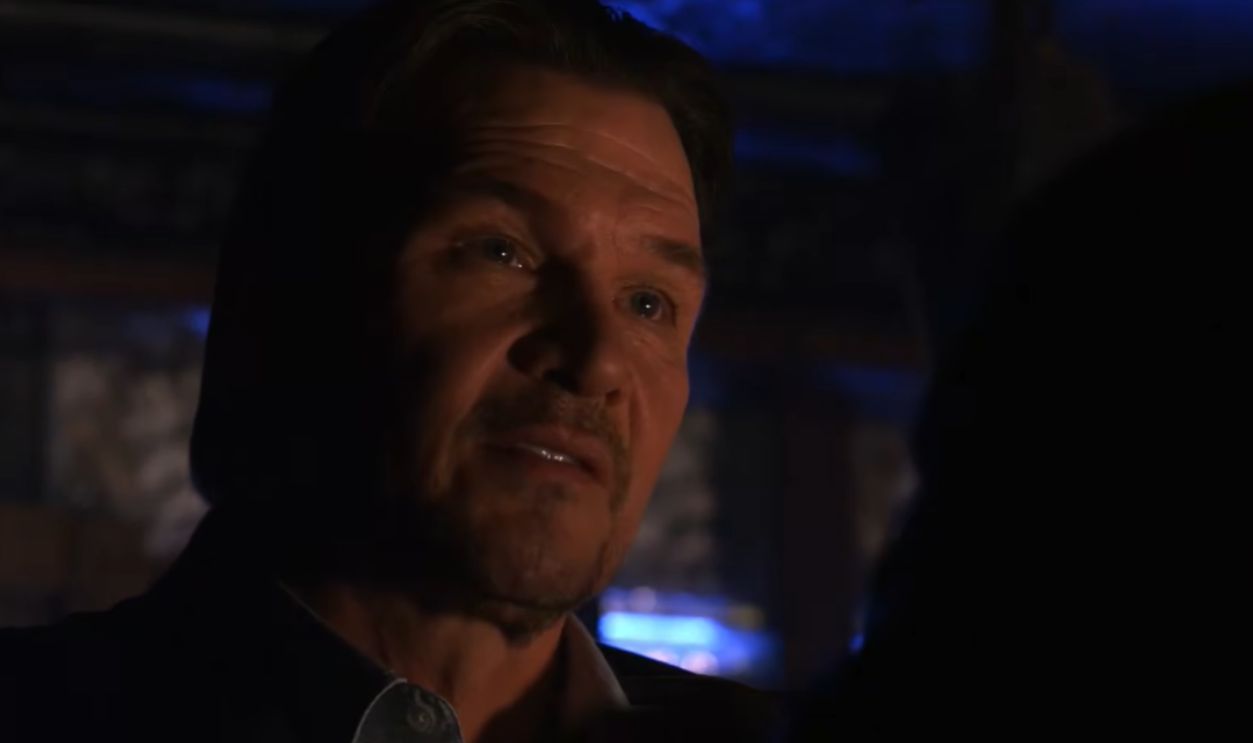 Sony Pictures Television International, The Beast (2009)
Sony Pictures Television International, The Beast (2009)
Patrick Swayze (Cont.)
Because even as his health declined, he pushed through intense physical demands with remarkable grit. Swayze delivered raw, unfiltered emotion in this role—proving courage can be cinematic too.
Richard Harris
Richard Harris’s final transformation came as Albus Dumbledore in Harry Potter and the Chamber of Secrets. He worked his magic all while he was fighting Hodgkin’s lymphoma, a cancer that weakens the body’s defenses.
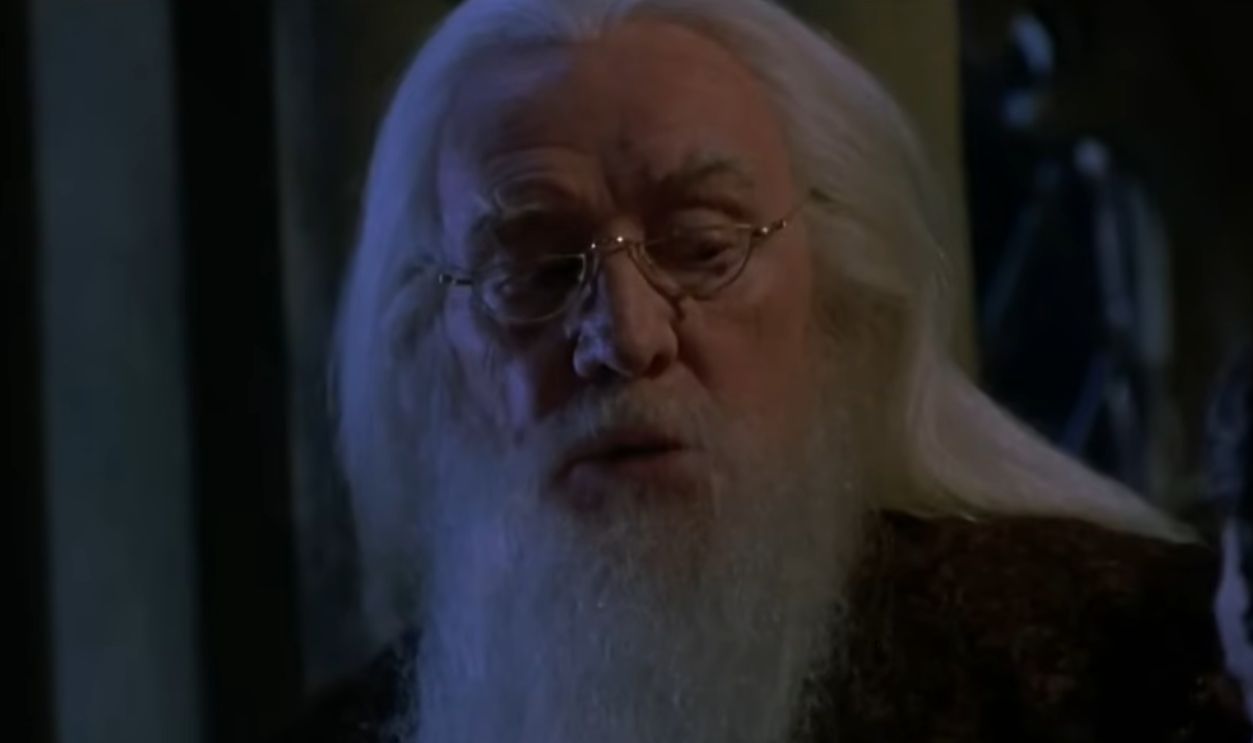 Warner Bros. Pictures, Harry Potter and the Chamber of Secrets Movie (2002)
Warner Bros. Pictures, Harry Potter and the Chamber of Secrets Movie (2002)
Richard Harris (Cont.)
The role, completed shortly before his 2002 passing, crowned a career that spanned poetry, song, and two Oscar nominations. Harris’s Dumbledore carried warmth and wisdom, leaving a lasting spell of grace and endurance.
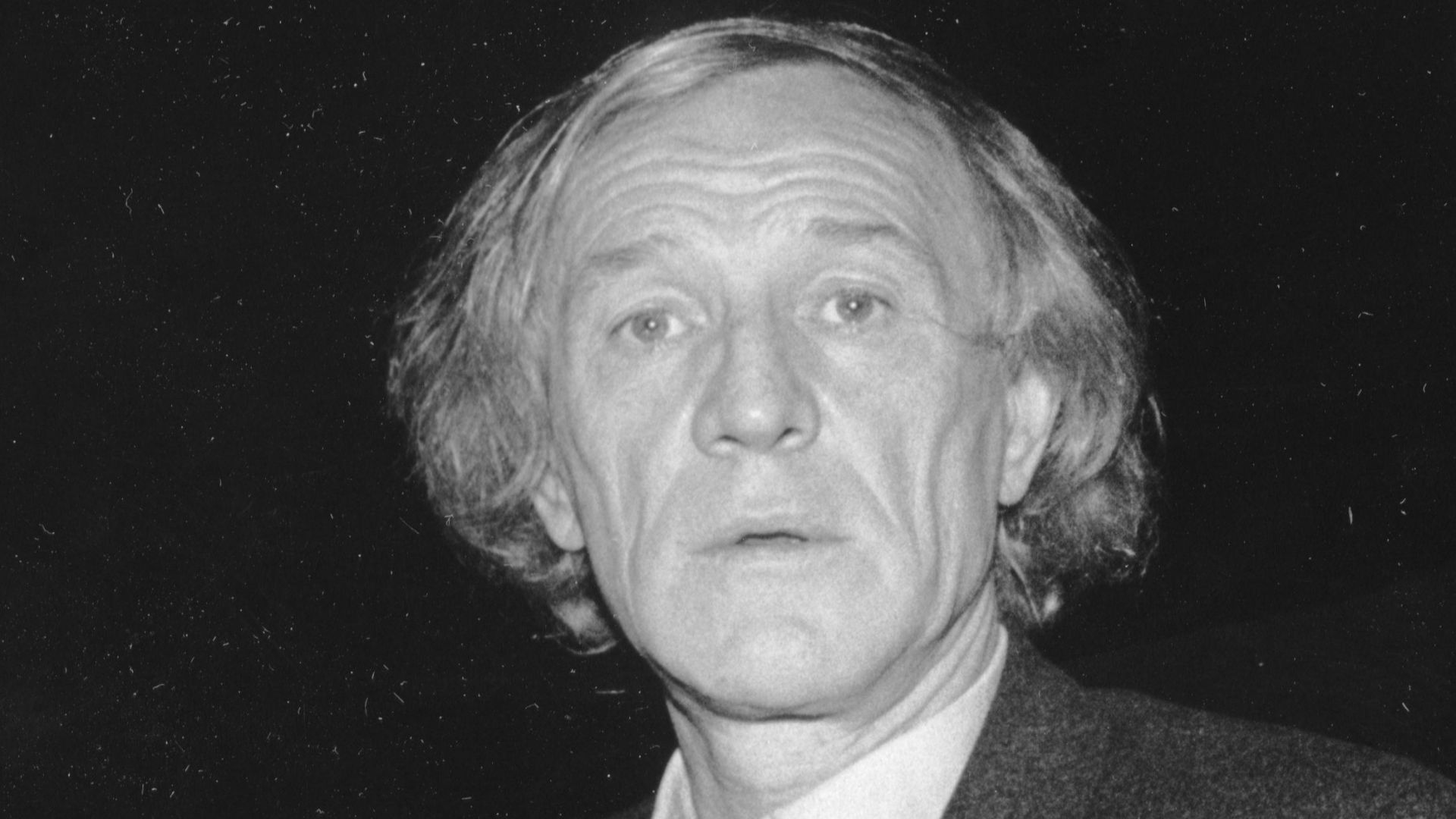 City of Boston Archives, Wikimedia Commons
City of Boston Archives, Wikimedia Commons
Ingrid Bergman
The three-time Oscar winner—forever remembered for Casablanca—was quietly enduring cancer. Yet her final role radiated dignity and fearless artistry that reaffirmed her place as one of cinema’s most luminous icons.
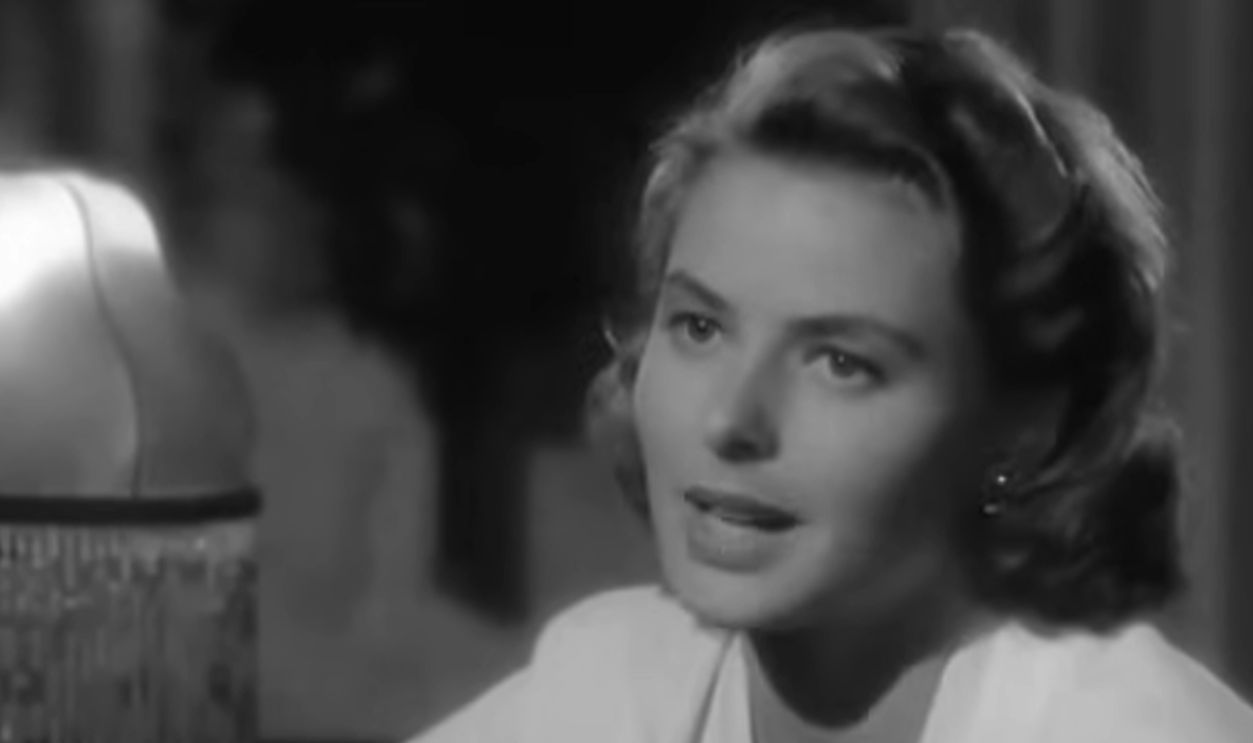 Warner Bros. Pictures, Casablanca (1942)
Warner Bros. Pictures, Casablanca (1942)
Ingrid Bergman (Cont.)
Bergman’s curtain fell poignantly on her 67th birthday in 1982. Coincidentally, that was the same year she portrayed Israeli Prime Minister Golda Meir with unyielding strength.
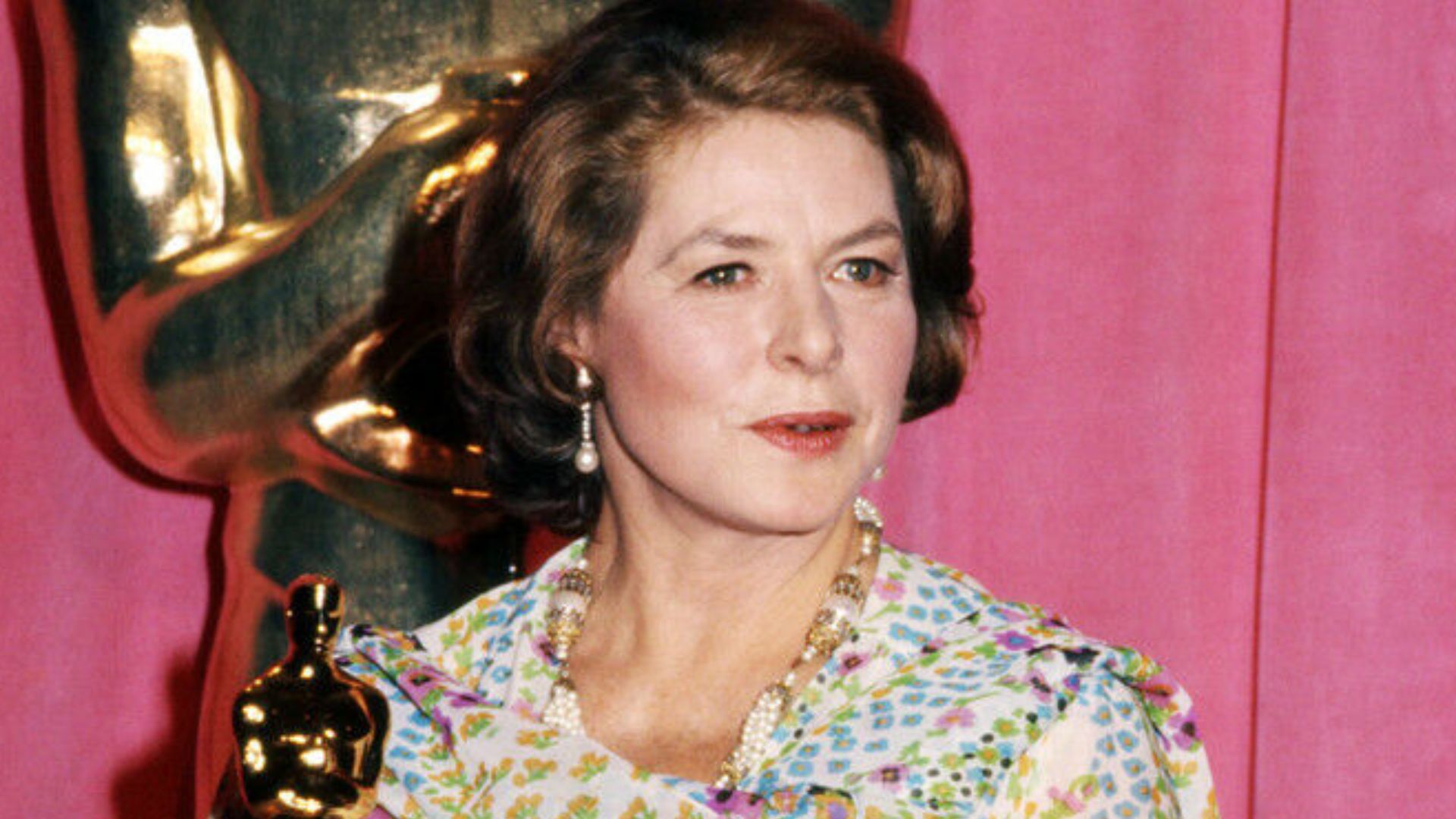 Unknown authorUnknown author, Wikimedia Commons
Unknown authorUnknown author, Wikimedia Commons
Jack Lemmon
Jack Lemmon’s incredible talent to effortlessly transition between comedy and drama—seen in Some Like It Hot and Days of Wine and Roses—earned him two Oscars.
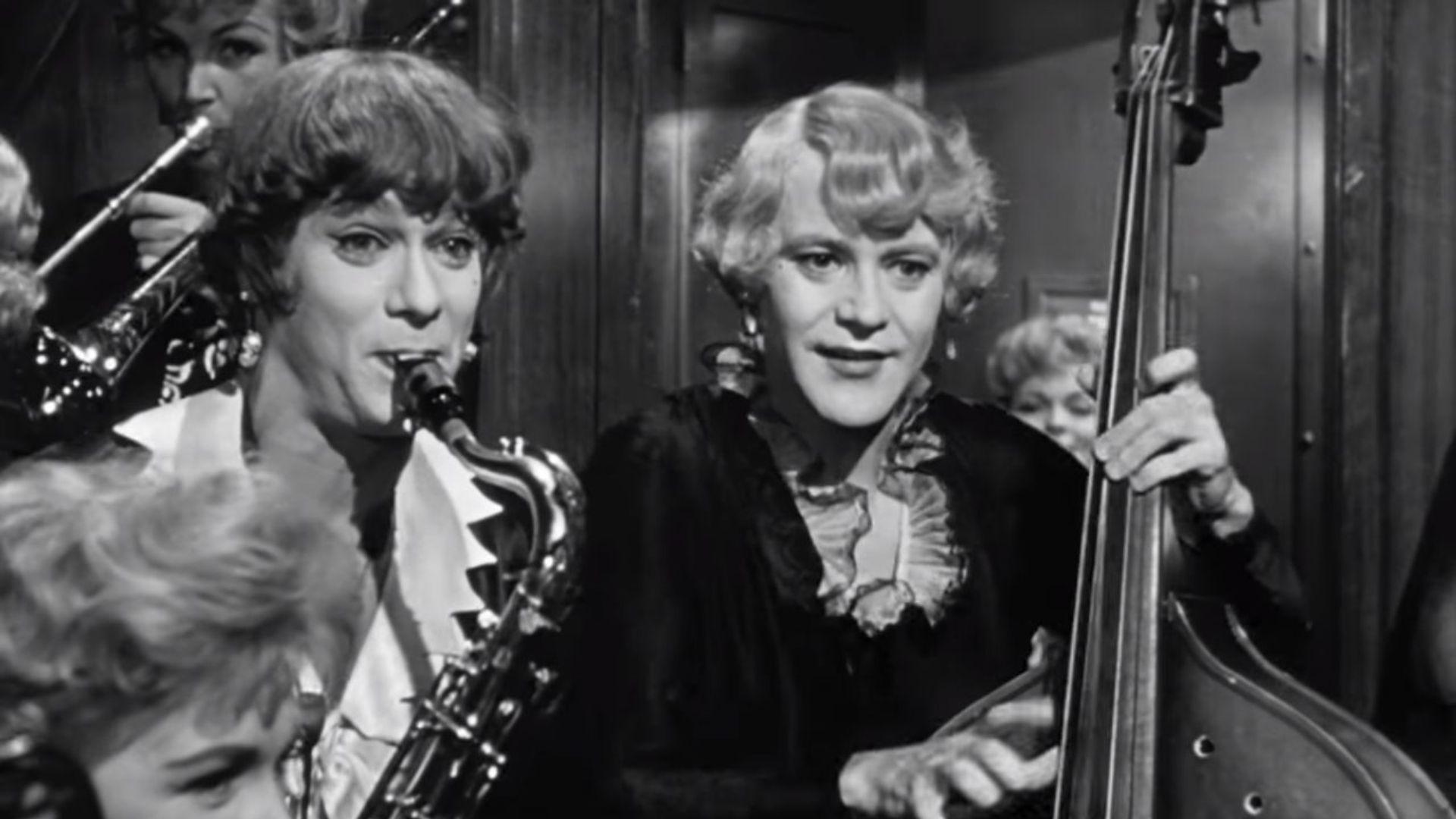 Ashton Productions, The Mirisch Corporation, Wikimedia Commons
Ashton Productions, The Mirisch Corporation, Wikimedia Commons
Jack Lemmon (Cont.)
His final works, The Legend of Bagger Vance and Tuesdays with Morrie, showcased heartfelt introspection and vulnerability. Then, bladder cancer claimed his life in 2001, and his long career closed with grace and depth.
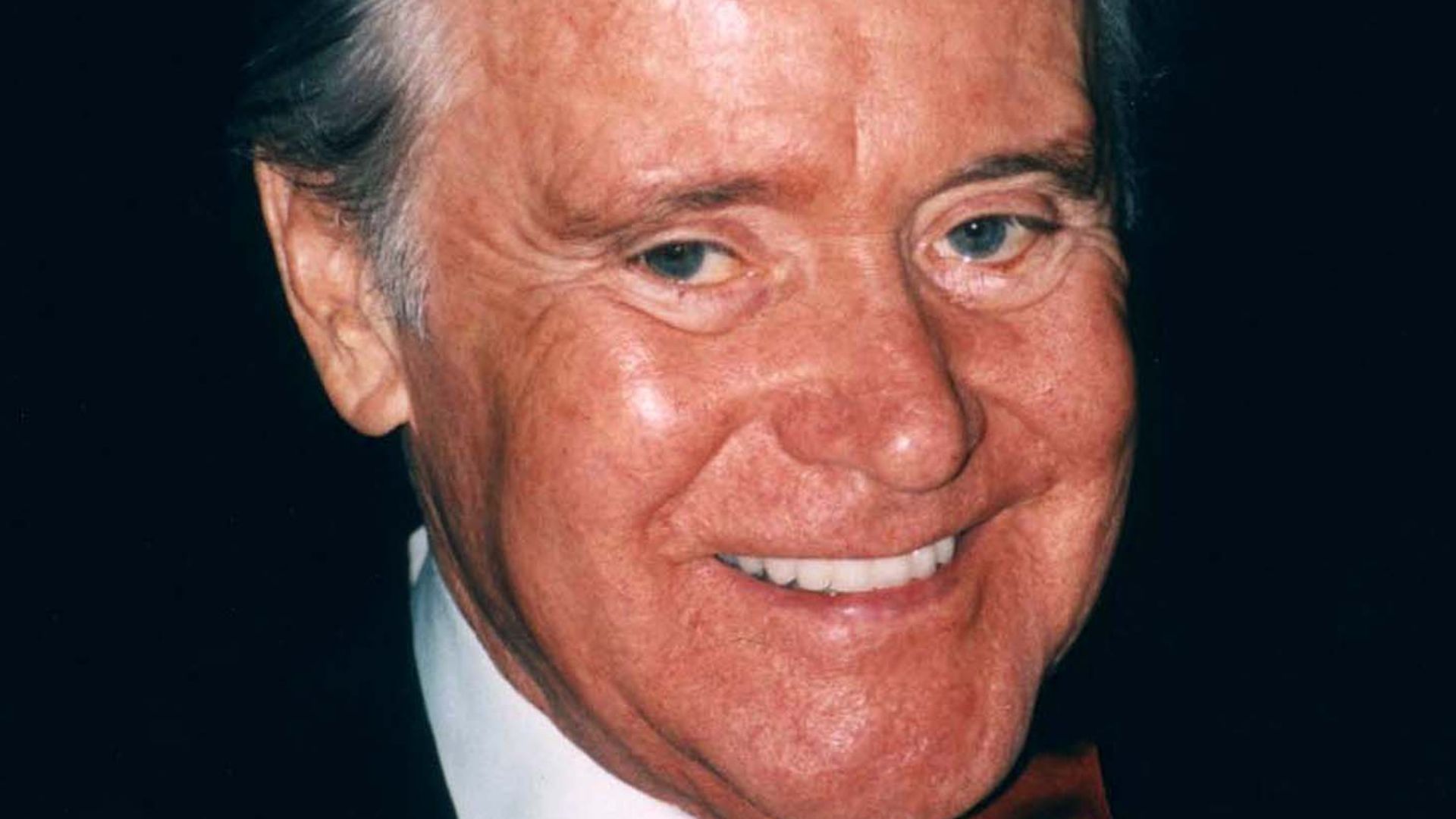 John Mathew Smith & www.celebrity-photos.com from Laurel Maryland, USA, Wikimedia Commons
John Mathew Smith & www.celebrity-photos.com from Laurel Maryland, USA, Wikimedia Commons
Farrah Fawcett
After her 2004 comedy The Cookout, she had evolved from ’70s pin-up icon to respected actor. Her documentary revealed extraordinary courage, redefining her public image through honesty and dignity.
Farrah Fawcett (Cont.)
Farrah Fawcett’s final project, Farrah’s Story (2009), became her most personal because it took viewers on a journey of her battle with anorectal cancer and her determination to live transparently.
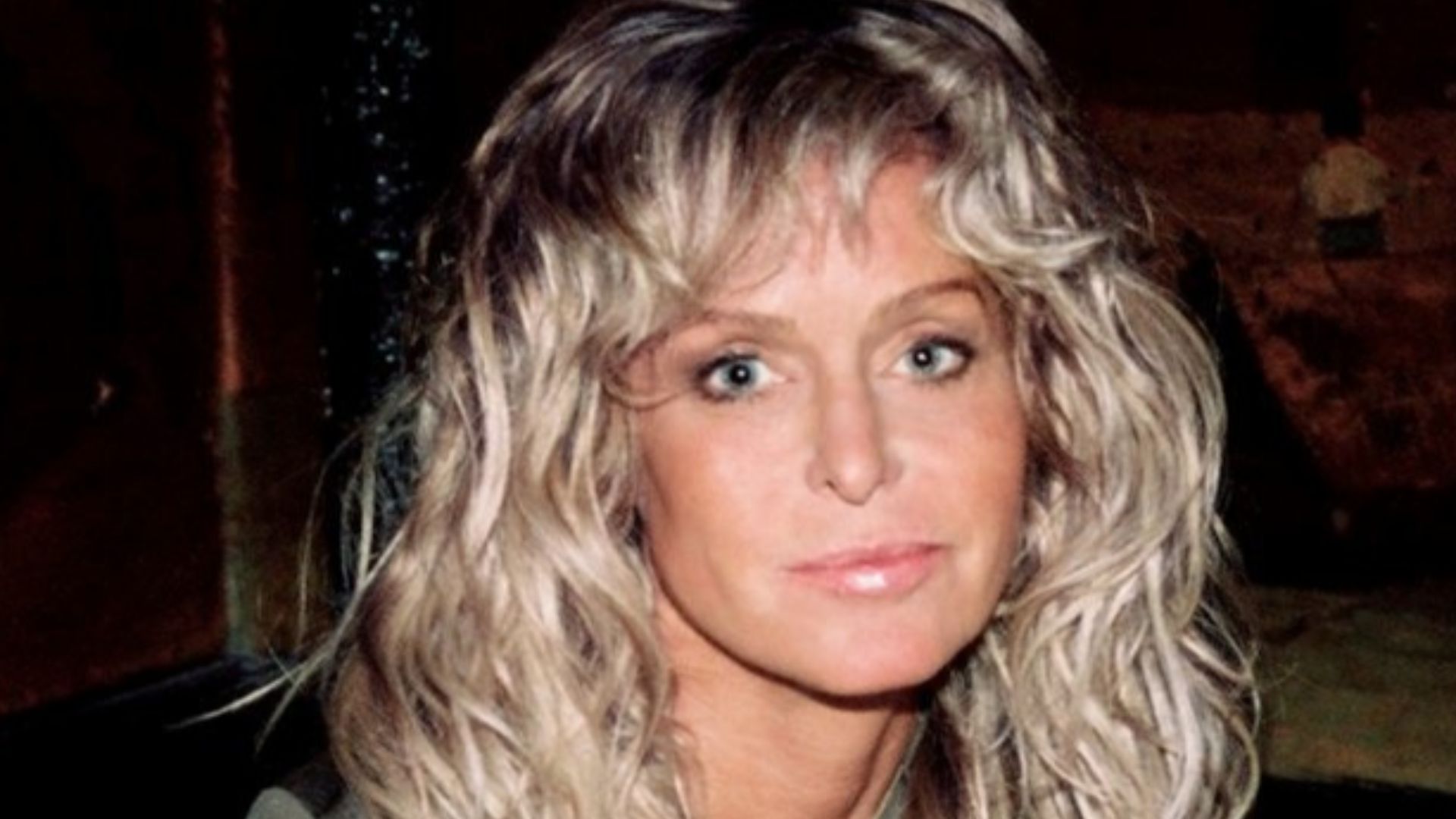 Windmill Entertainment, Wikimedia Commons
Windmill Entertainment, Wikimedia Commons
Steve McQueen
Steve McQueen’s adrenaline-fueled life met its poignant end with The Hunter (1980). The “King of Cool” went through the filming knowing that soon, mesothelioma—a rare and painful illness—would claim his life.
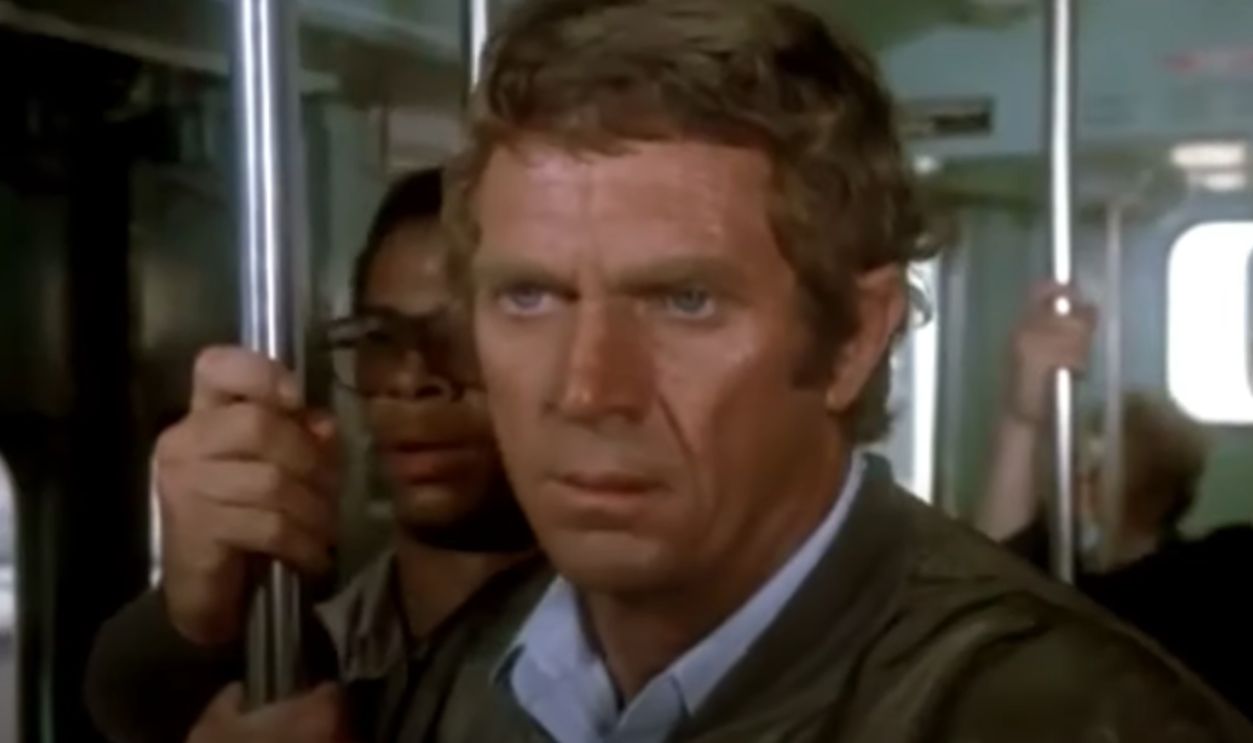 Paramount Pictures, The Hunter (1980)
Paramount Pictures, The Hunter (1980)
Steve McQueen (Cont.)
He refused to surrender his passion for storytelling. That final role encapsulated his rebellious energy, and the evidence left behind was a cinematic epitaph as enduring as the engines he loved to race.
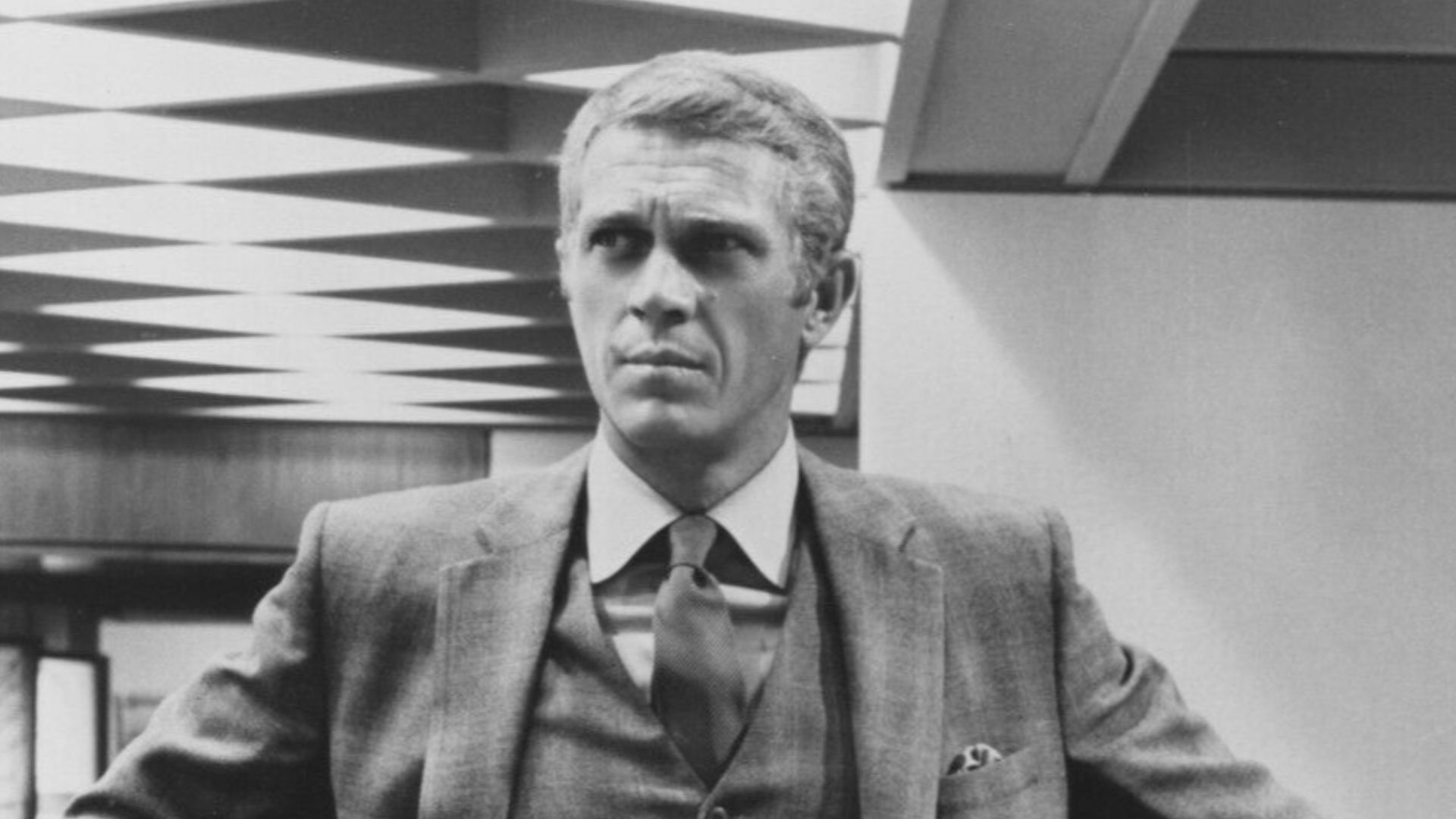 Unknown authorUnknown author, Wikimedia Commons
Unknown authorUnknown author, Wikimedia Commons
Bob Hoskins
Even after his Parkinson’s diagnosis, Bob Hoskins completed Snow White and the Huntsman (2012) before retiring that same year. His career was marked by accolades, including a BAFTA Award and a Golden Globe, for Mona Lisa.
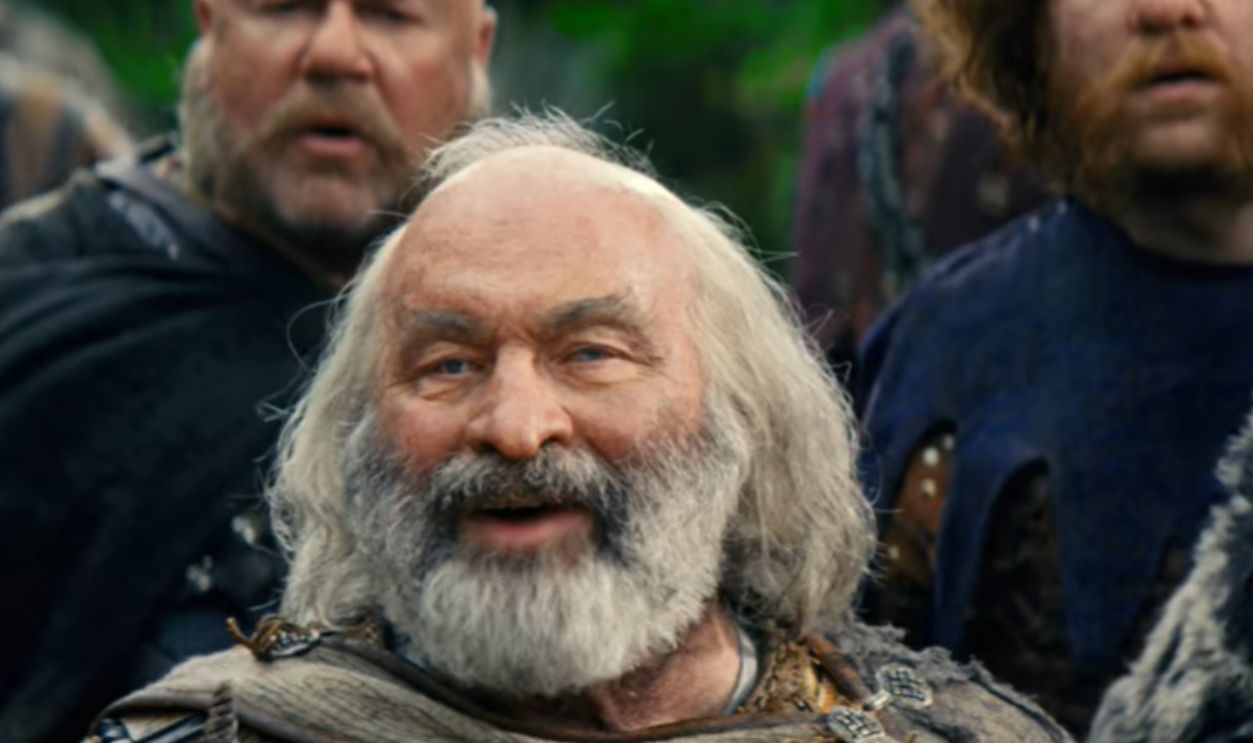 Universal Pictures, Snow White and the Huntsman (2012)
Universal Pictures, Snow White and the Huntsman (2012)
Bob Hoskins (Cont.)
The Mona Lisa Oscar nominee carried grit and warmth through every scene. When he passed in 2014, his final performance stood as proof of artistic courage undiminished by illness or age.
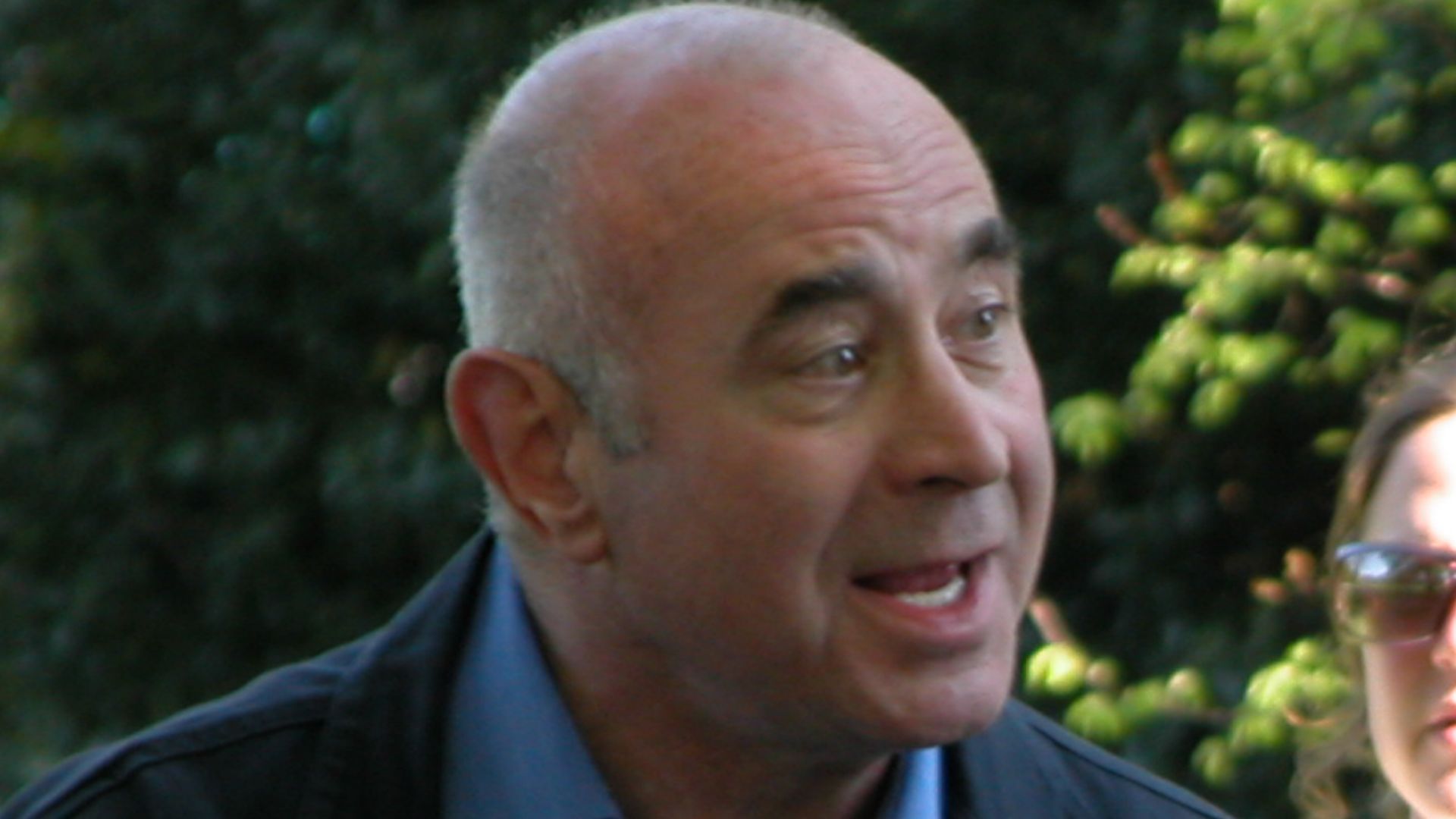 James Stewart, Wikimedia Commons
James Stewart, Wikimedia Commons
Michael Landon
Michael Landon refused to fade quietly after being diagnosed with pancreatic cancer. Instead, he poured his remaining energy into directing and starring in Us back in the early 90s.
Michael Landon (Cont.)
The heartfelt TV film became his swan song, honoring the spirit that defined Bonanza and Little House on the Prairie. His final act radiated faith in storytelling and family. His talents spanned the entire film production chain: writer, director, actor, and producer.
Bette Davis
This lady was unique because she went the rebellious actress way, which wasn’t the norm back then. Bette Davis, a titan of Hollywood’s Golden Age, earned two Oscars and countless admirers.
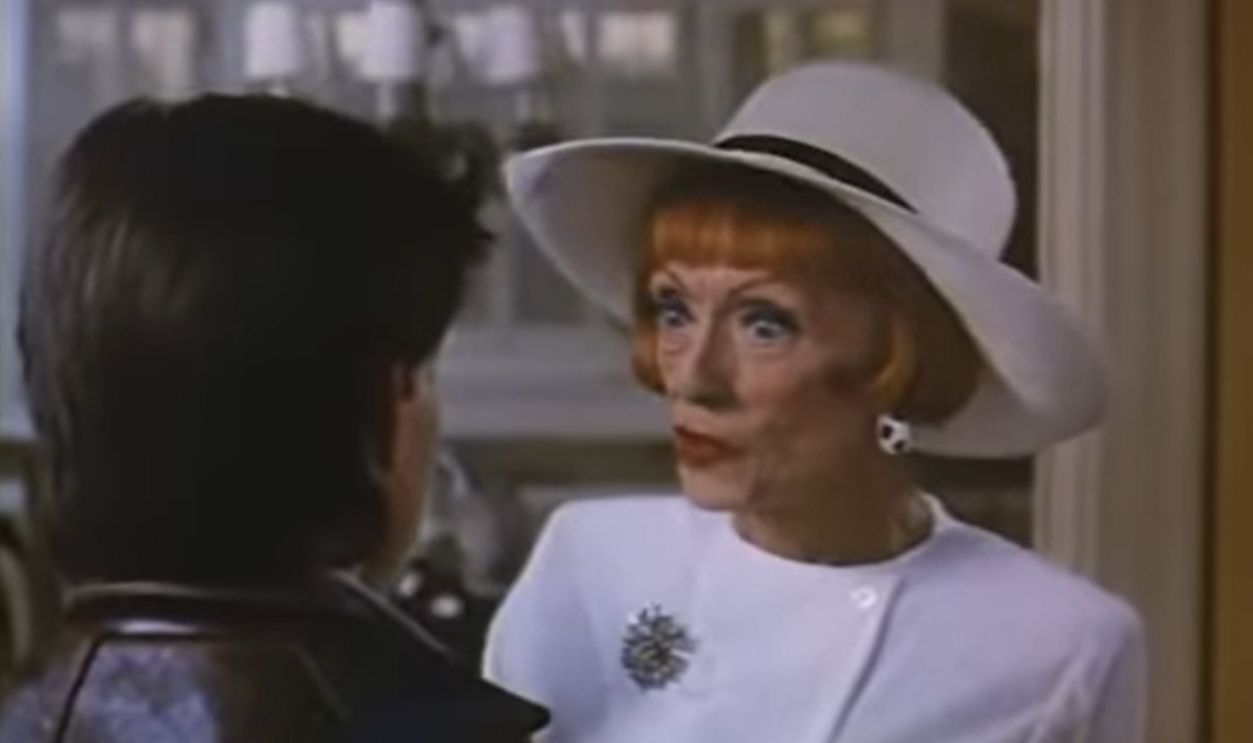 Metro-Goldwyn-Mayer, Wicked Stepmother (1989)
Metro-Goldwyn-Mayer, Wicked Stepmother (1989)
Bette Davis (Cont.)
Her final role in Wicked Stepmother (1989) showcased her trademark sharpness even as illness advanced. That same year, mammary carcinoma claimed her life—yet she ensured her last act, performing entirely on her own terms.
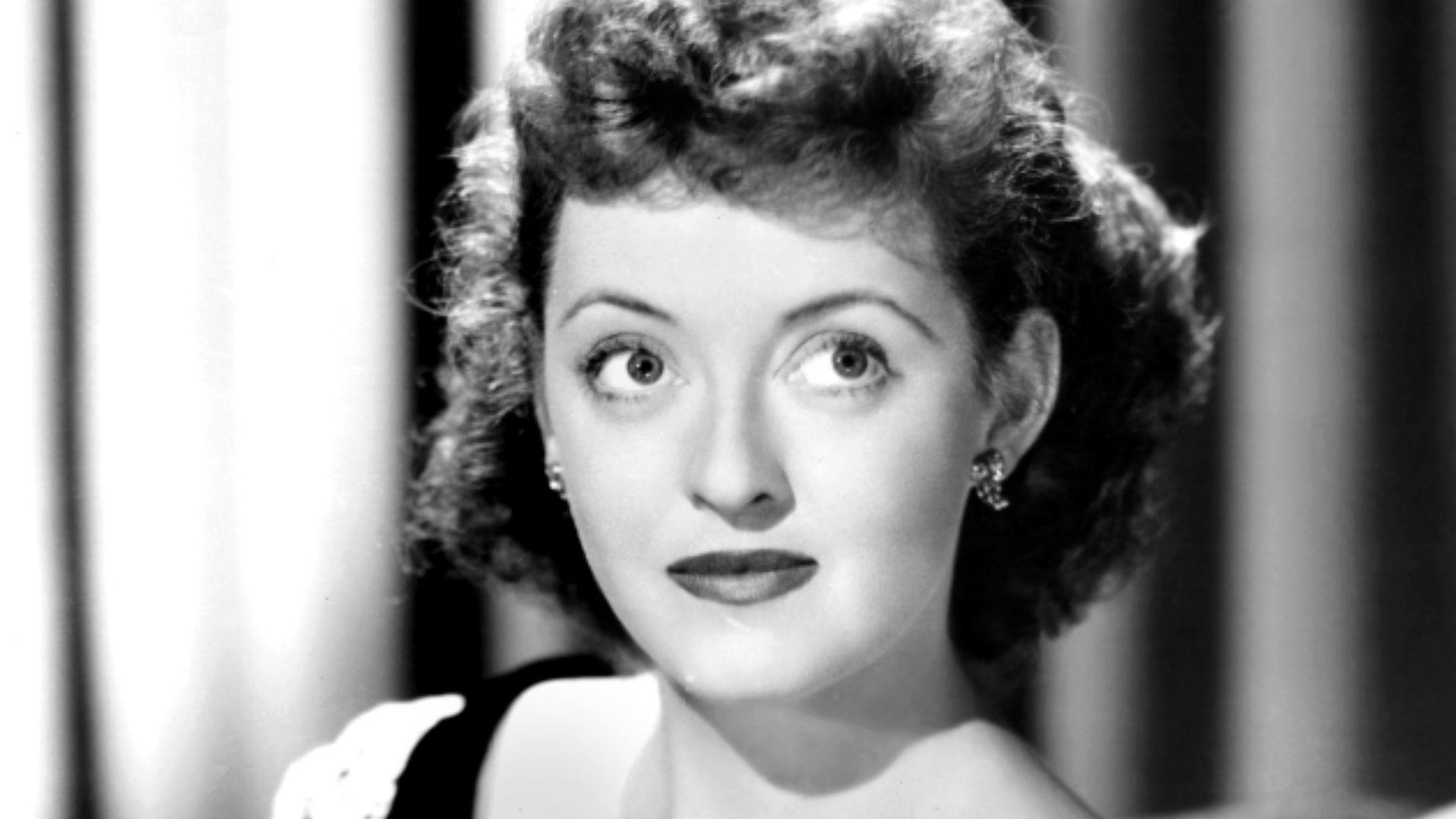 Studio Publicity, Wikimedia Commons
Studio Publicity, Wikimedia Commons
Rock Hudson
Behind Rock Hudson’s leading-man charm lay private pain. His final roles in The Mirror Crack’d and The Vegas Strip War came before his 1985 passing from AIDS, a disease he publicly revealed despite the prejudice attached to it.
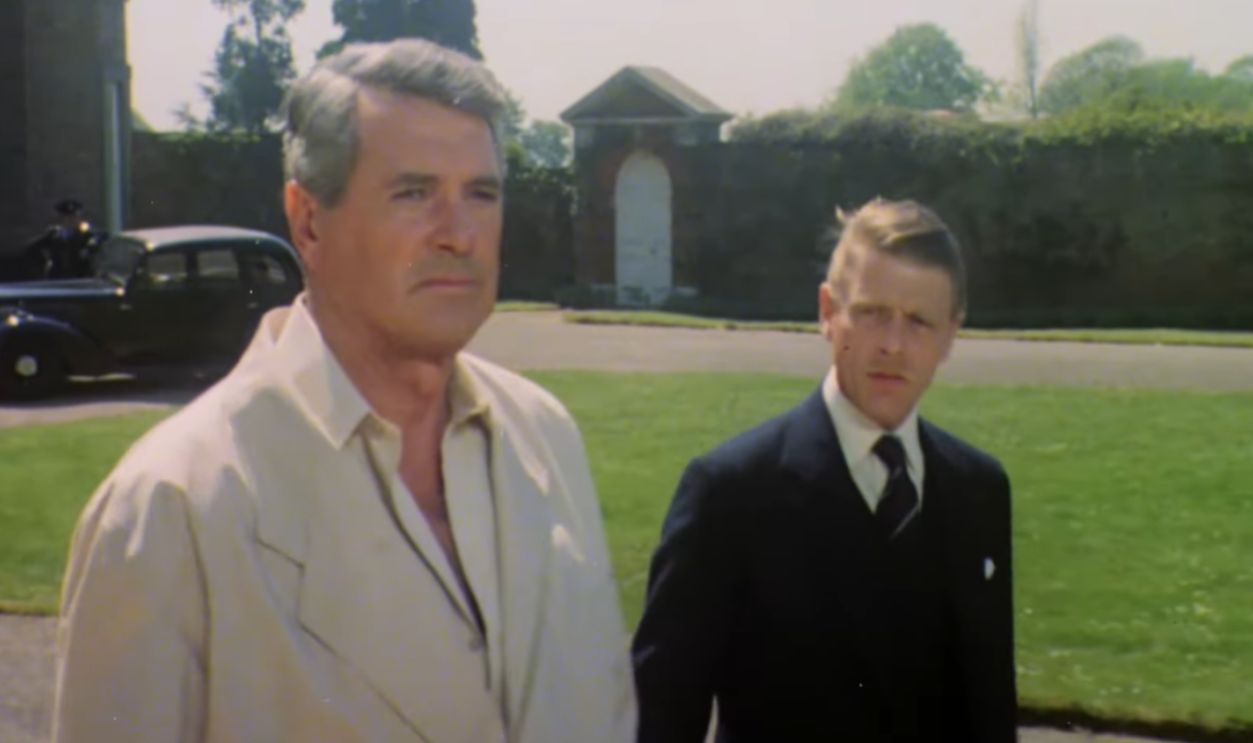 Columbia-EMI-Warner Distributors, The Mirror Crack’d (1980)
Columbia-EMI-Warner Distributors, The Mirror Crack’d (1980)
Rock Hudson (Cont.)
Even with the initial shock, the revelation broke Hollywood’s silence on the disease and reshaped public perception. In death, he turned courage into a legacy by changing stigma into empathy.
Dennis Hopper
Hopper’s final performance came as the voice of Tony in 2010’s Alpha and Omega, recorded while he battled terminal prostate cancer. Before his passing, he left behind not just films but four distinct legacies—as an actor, filmmaker, photographer, and artist.
 Lionsgate Films, Alpha and Omega (2010)
Lionsgate Films, Alpha and Omega (2010)
Dennis Hopper (Cont.)
From Easy Rider to Blue Velvet, his creative spirit was restless. Hopper’s drive to continue producing art in various forms, including films, photographs, and performances, proved unrelenting until the very end of his tumultuous, visionary life.
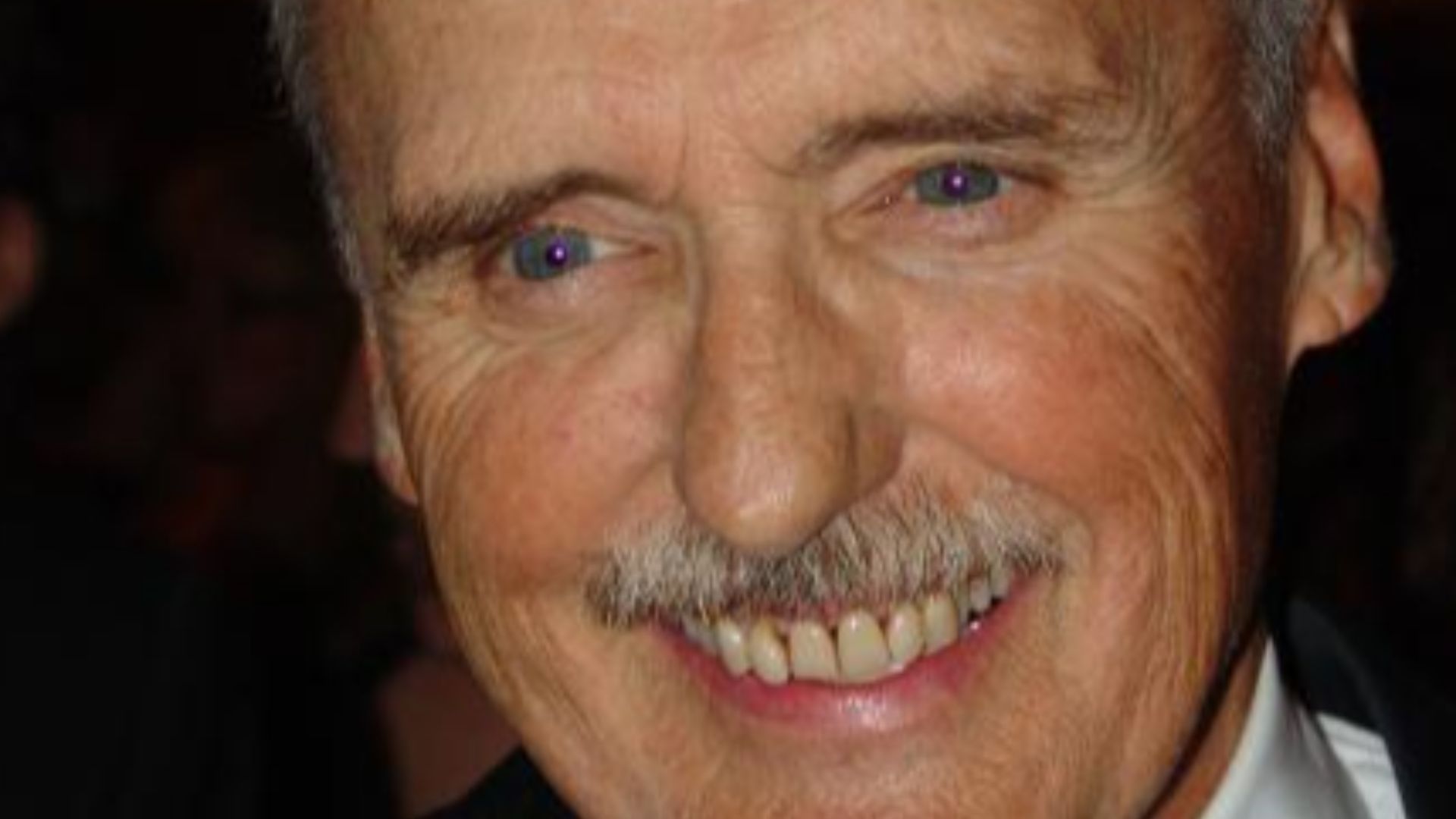 John Mathew Smith & www.celebrity-photos.com from Laurel Maryland, USA, Wikimedia Commons
John Mathew Smith & www.celebrity-photos.com from Laurel Maryland, USA, Wikimedia Commons
Richard Farnsworth
Stricken with terminal prostate cancer that had spread to his bones, Richard Farnsworth filmed The Straight Story (1999) with quiet bravery. His acting career started as a stuntman and a double for actors like Gary Cooper.
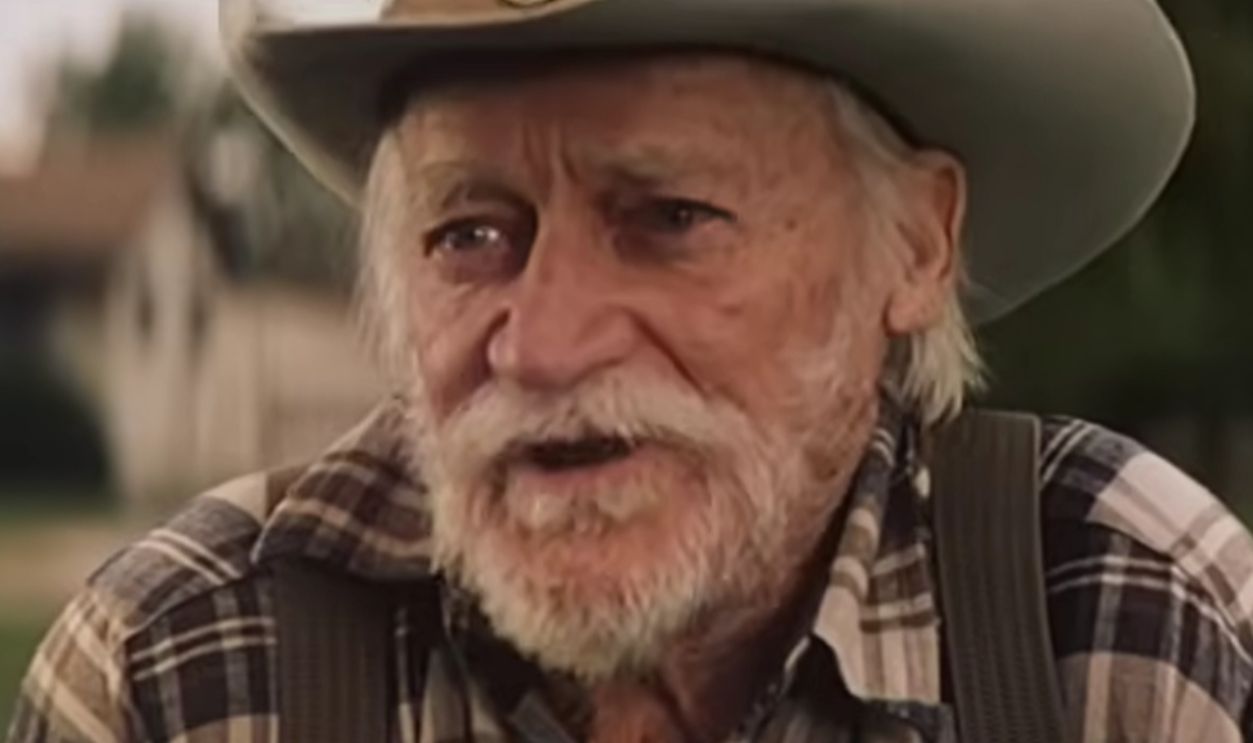 Buena Vista Pictures Distribution, The Straight Story (1999)
Buena Vista Pictures Distribution, The Straight Story (1999)
Richard Farnsworth (Cont.)
His portrayal of Alvin Straight earned him an Oscar nomination at 79—the oldest Best Actor nominee ever—and offered a moving meditation on endurance, love, and one man’s unwavering spirit.
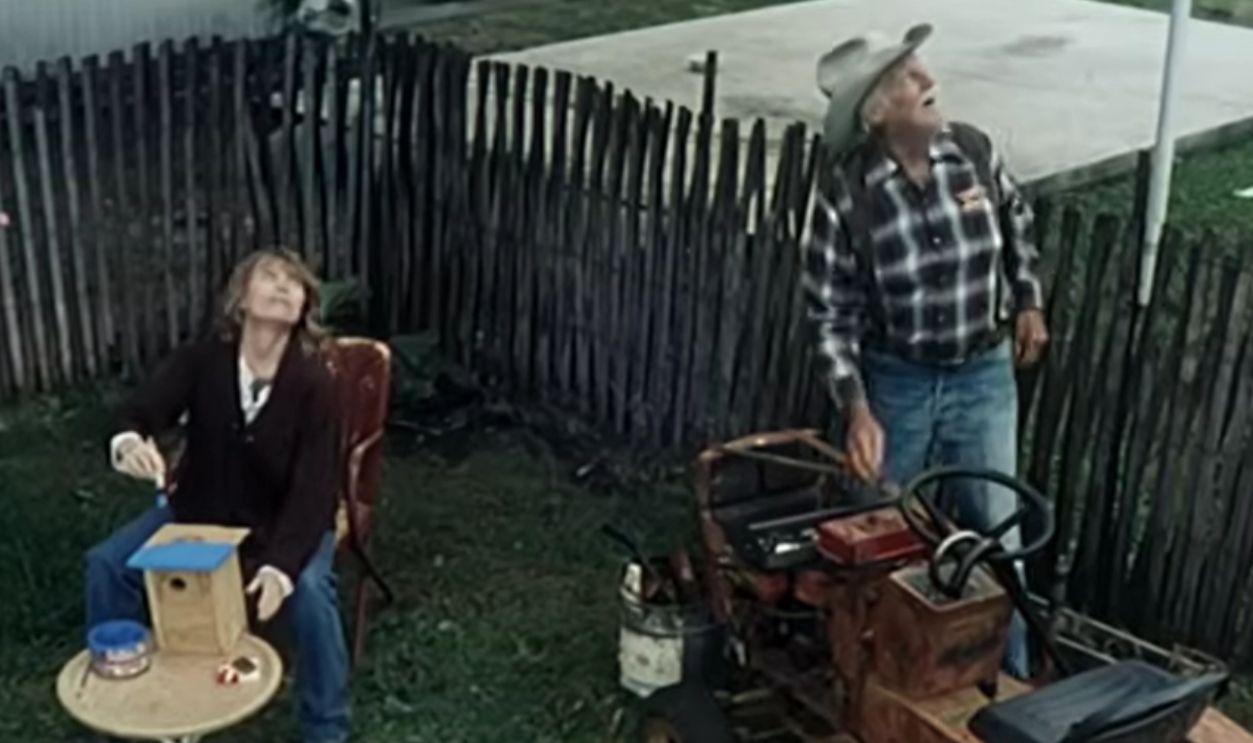 Buena Vista Pictures Distribution, The Straight Story (1999)
Buena Vista Pictures Distribution, The Straight Story (1999)
George C Scott
George C Scott refused to surrender his craft, even as illness took its toll. The ferocity that made Patton unforgettable burned through his later performances in Inherit the Wind and Gloria.
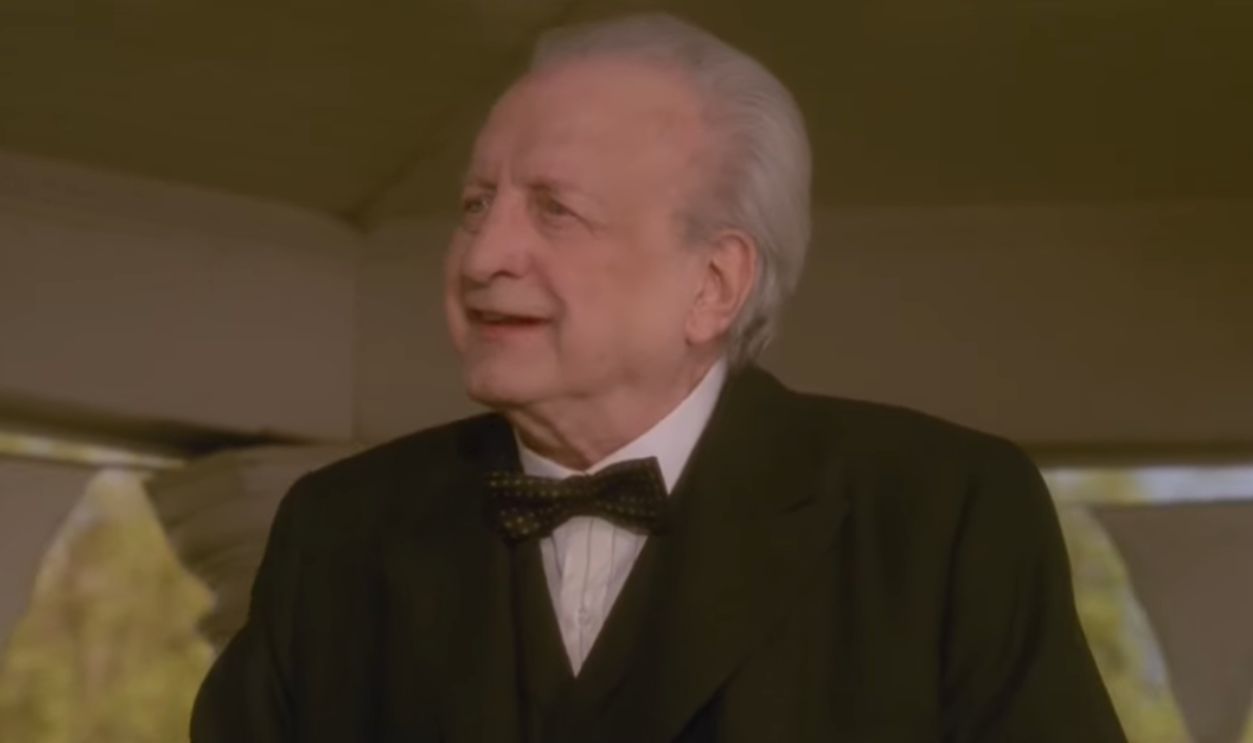 MGM Television, Inherit The Wind (1999)
MGM Television, Inherit The Wind (1999)
George C Scott (Cont.)
He approached every role with defiance and depth, and his final acts were no different. These echoed the unyielding passion that defined his extraordinary life on stage and screen.
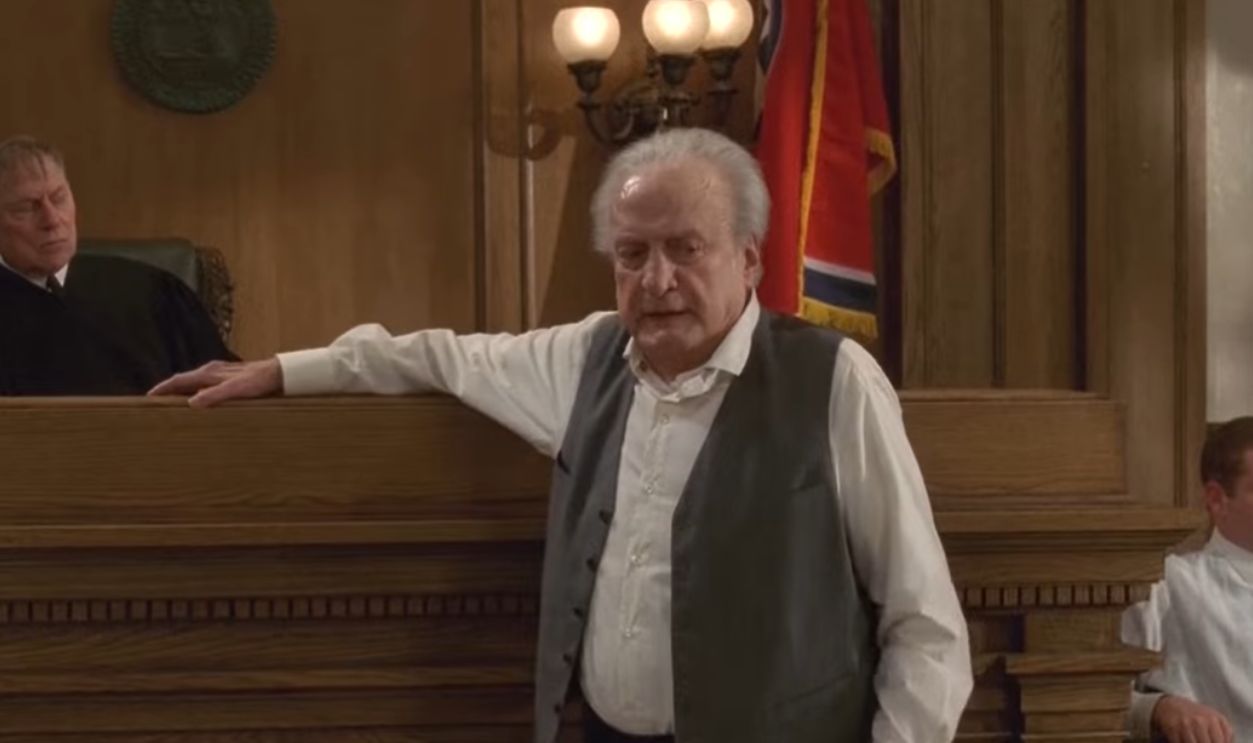 MGM Television, Inherit The Wind (1999)
MGM Television, Inherit The Wind (1999)
Charles Bronson
In Family of Cops 3 (1999), Charles Bronson embodied the stoic toughness that made him a legend of American action cinema. Already struggling with Alzheimer’s disease, he pressed on with the quiet resolve that had defined his decades-long career.
Charles Bronson (Cont.)
The Death Wish star’s final performance served as a fitting curtain call for a lifetime of dedication—unyielding, disciplined, and fiercely professional. He ended his career with the same rugged dignity that once made audiences believe he could never be broken.
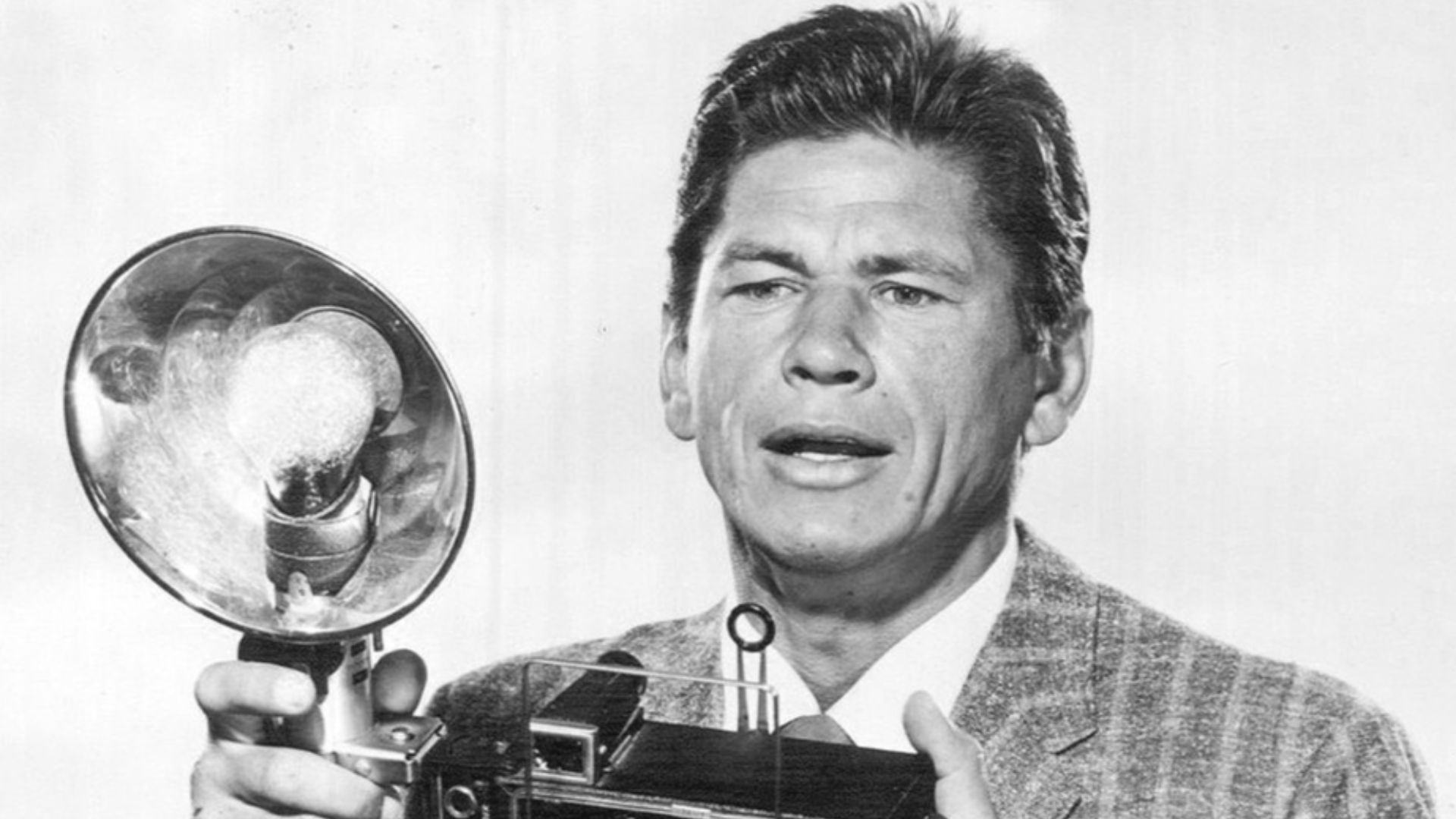 ABC Television, Wikimedia Commons
ABC Television, Wikimedia Commons
Robin Williams
Robin Williams poured his heart into Boulevard and Night at the Museum: Secret of the Tomb, released in 2014, while unknowingly battling Lewy body dementia, a condition that ultimately took his life. His final roles blended humor, tenderness, and profound melancholy.
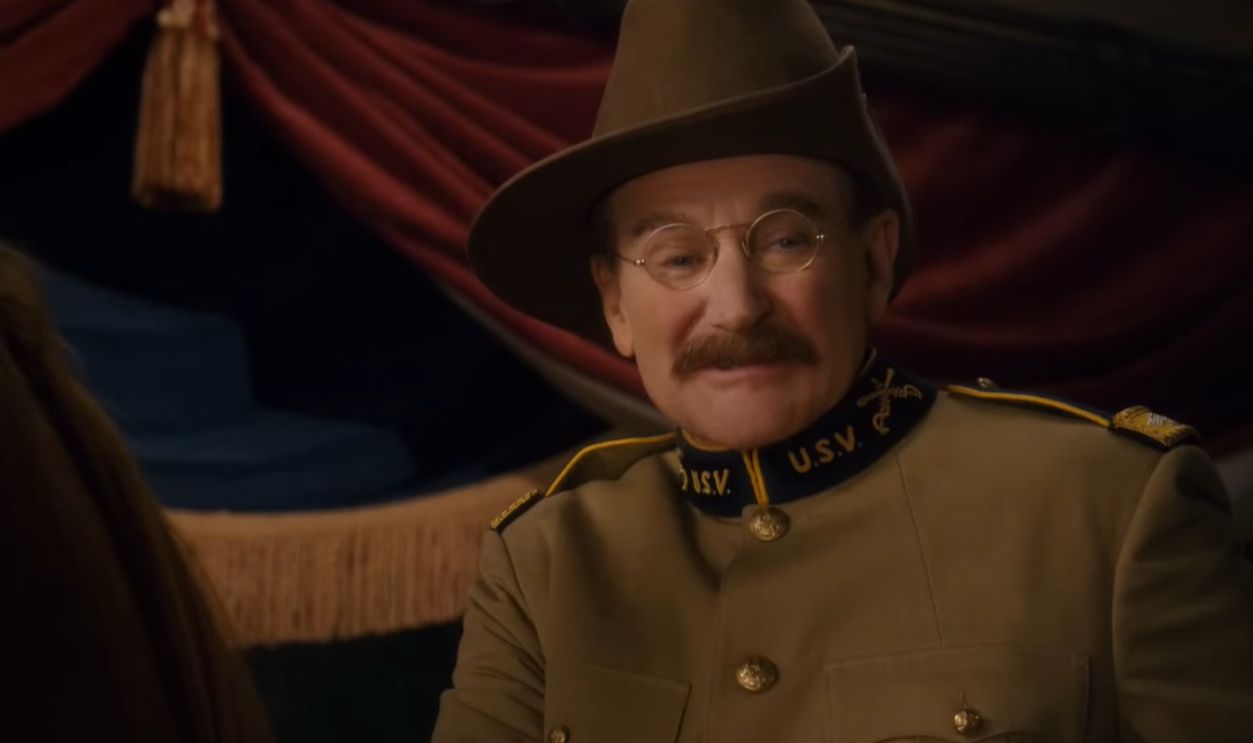 20th Century Fox, Night at the Museum: Secret of the Tomb (2014)
20th Century Fox, Night at the Museum: Secret of the Tomb (2014)
Robin Williams (Cont.)
Now, even as illness dimmed his light, Williams transformed pain into beauty, leaving behind a legacy of laughter and emotional truth that continues to move audiences worldwide.
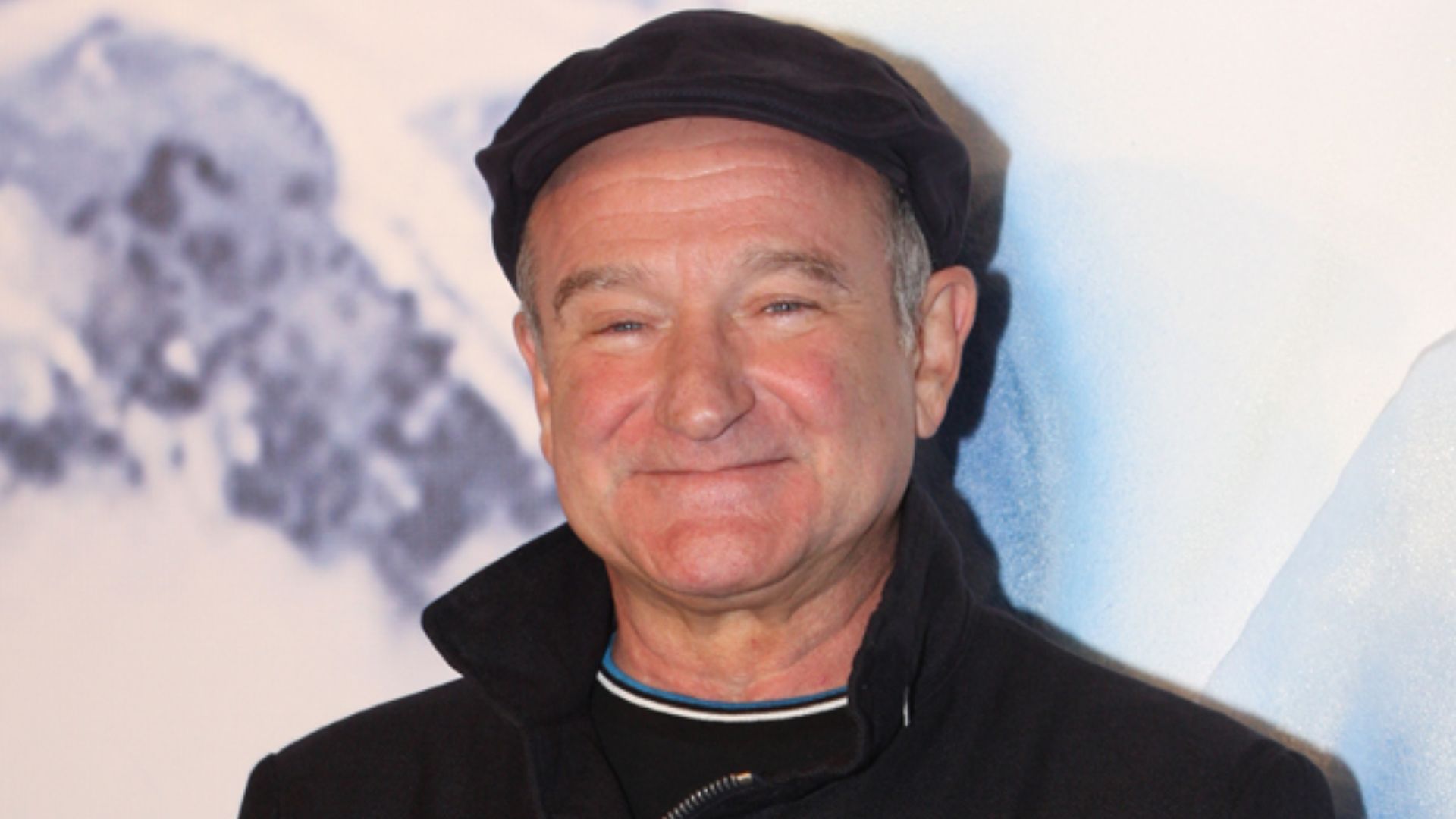 Eva Rinaldi, Wikimedia Commons
Eva Rinaldi, Wikimedia Commons
David Bowie
David Bowie transformed his own mortality into art. Following his mesmerizing portrayal of Nikola Tesla in The Prestige (2006), he orchestrated a haunting farewell through Lazarus and his final album, Blackstar.
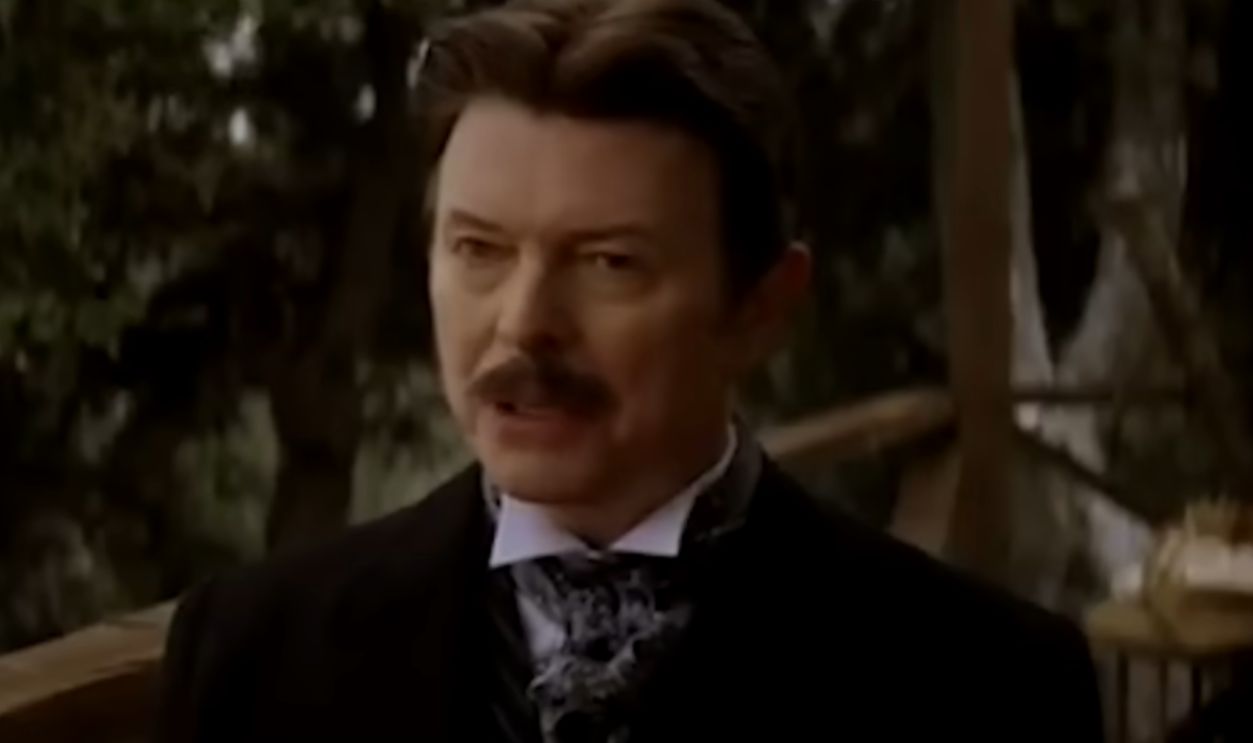 Walt Disney Studios, The Prestige (2006)
Walt Disney Studios, The Prestige (2006)
David Bowie (Cont.)
Released just days before his passing from cancer, it stood as an audacious act of defiance by turning suffering into poetry and farewell into a transcendent final performance that blurred life and legend.
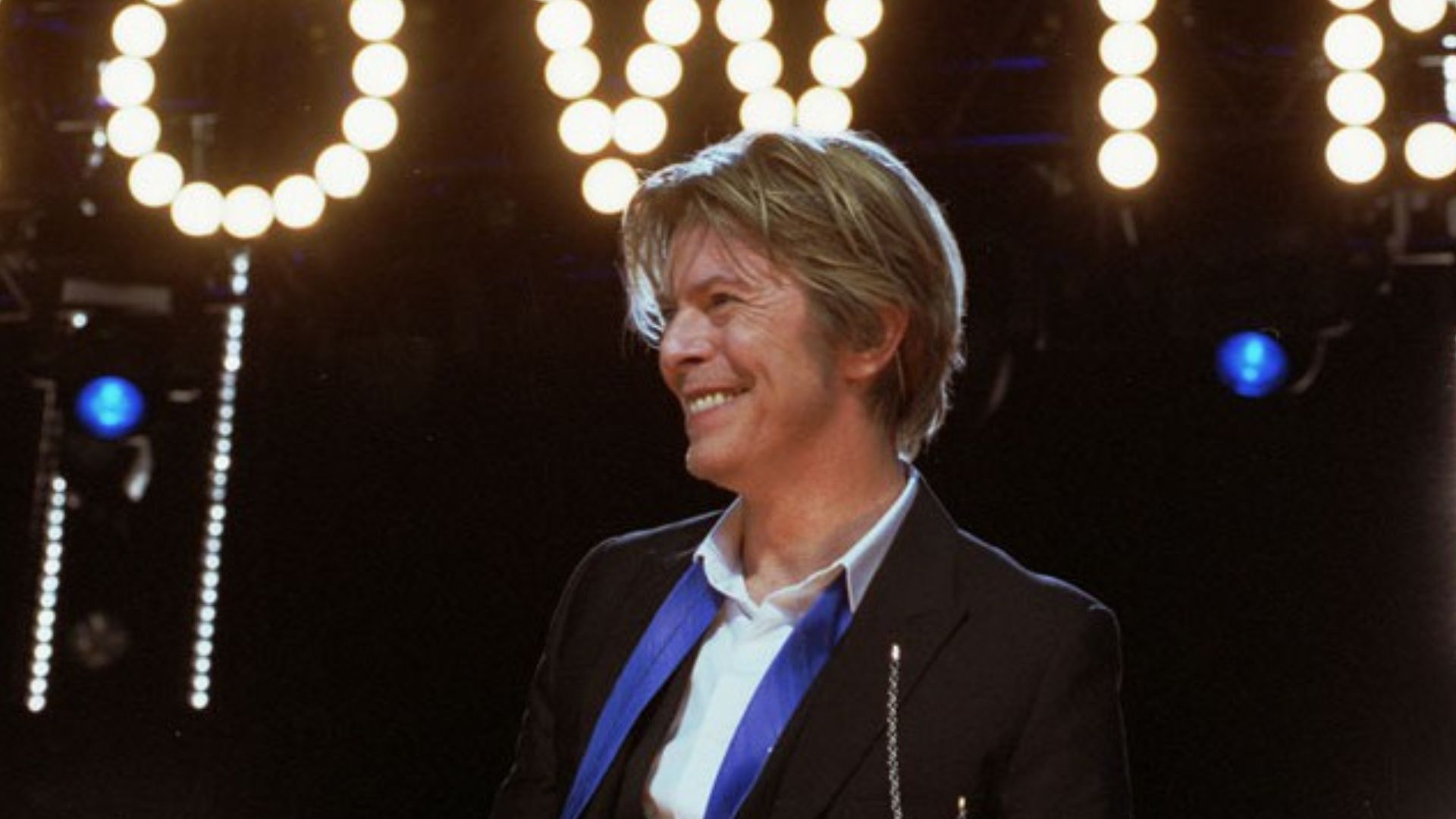 Adam Bielawski, Wikimedia Commons
Adam Bielawski, Wikimedia Commons
Peter O’Toole
After receiving an honorary Oscar in 2003, Peter O’Toole refused to slow down. The eight-time nominee carried on with his signature fire and theatrical flair, undeterred by age or illness.
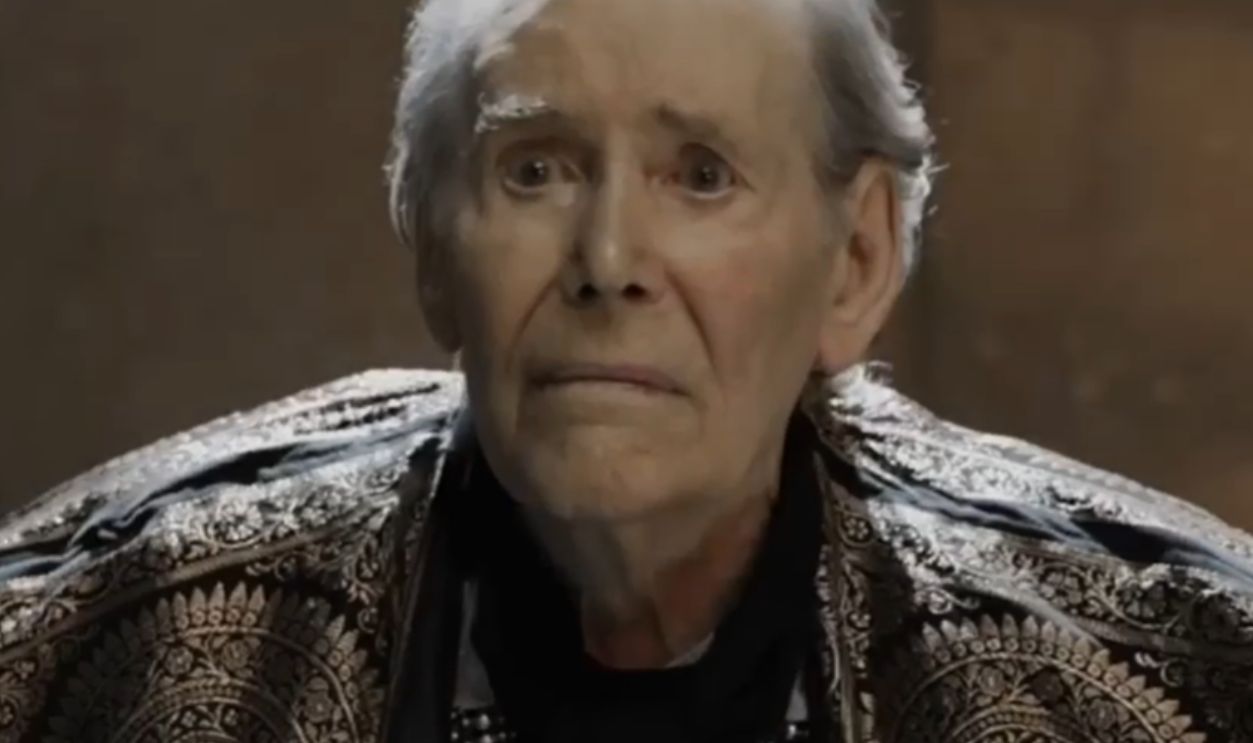 Lionsgate, Katherine of Alexandria (2014)
Lionsgate, Katherine of Alexandria (2014)
Peter O’Toole (Cont.)
His final film, Katherine of Alexandria (also known as Decline of an Empire), serves as a fitting farewell to a fearless career—one lived entirely in the spotlight, defined by brilliance, defiance, and unrelenting passion for performance.
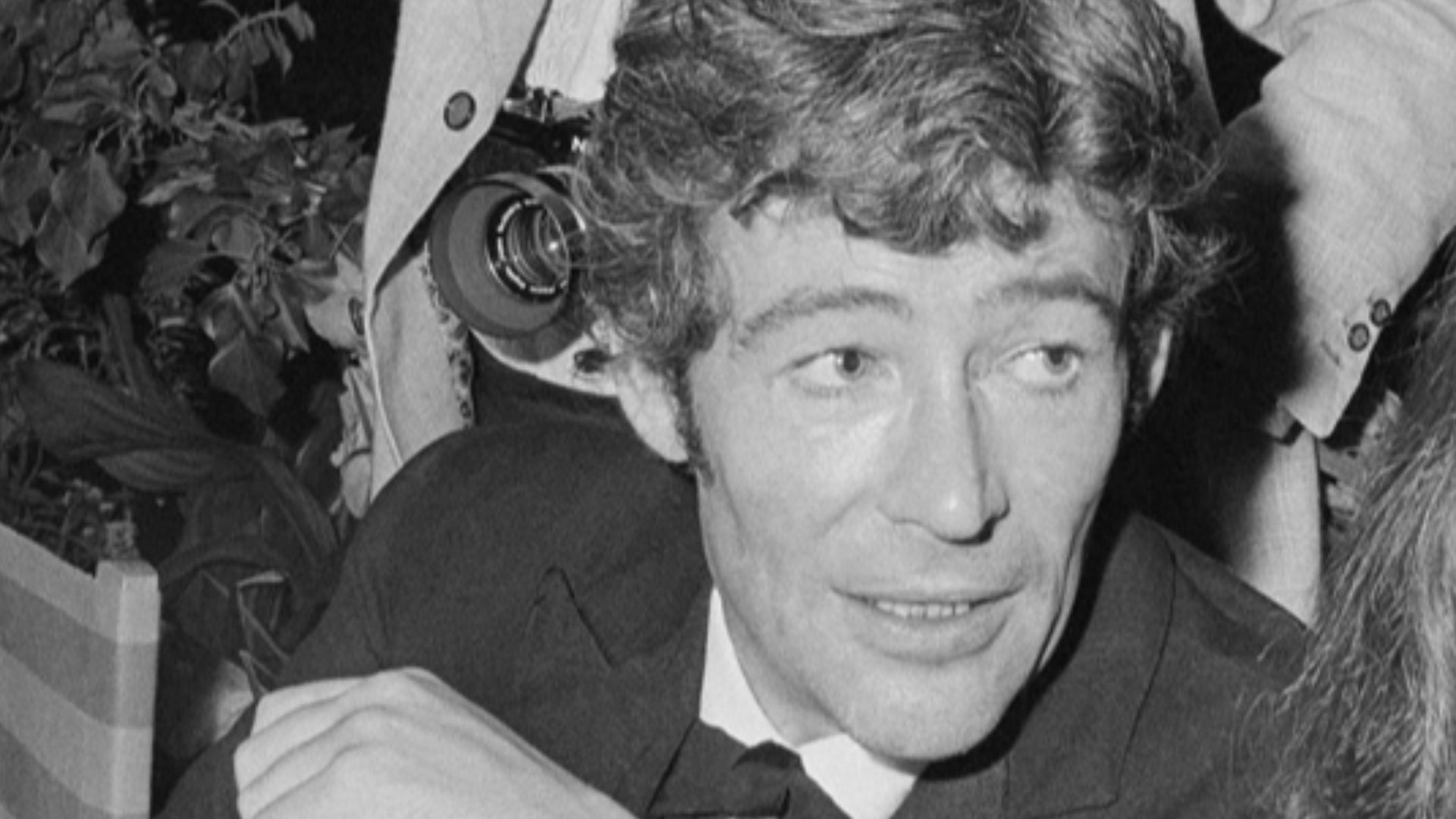 Unknown authorUnknown author, Wikimedia Commons
Unknown authorUnknown author, Wikimedia Commons
Elizabeth Montgomery
While battling cancer, Elizabeth Montgomery completed Deadline for Murder: From the Files of Edna Buchanan (1995) with quiet courage and unwavering professionalism. The Bewitched star, celebrated for her grace and sharp wit, refused to indulge in self-pity.
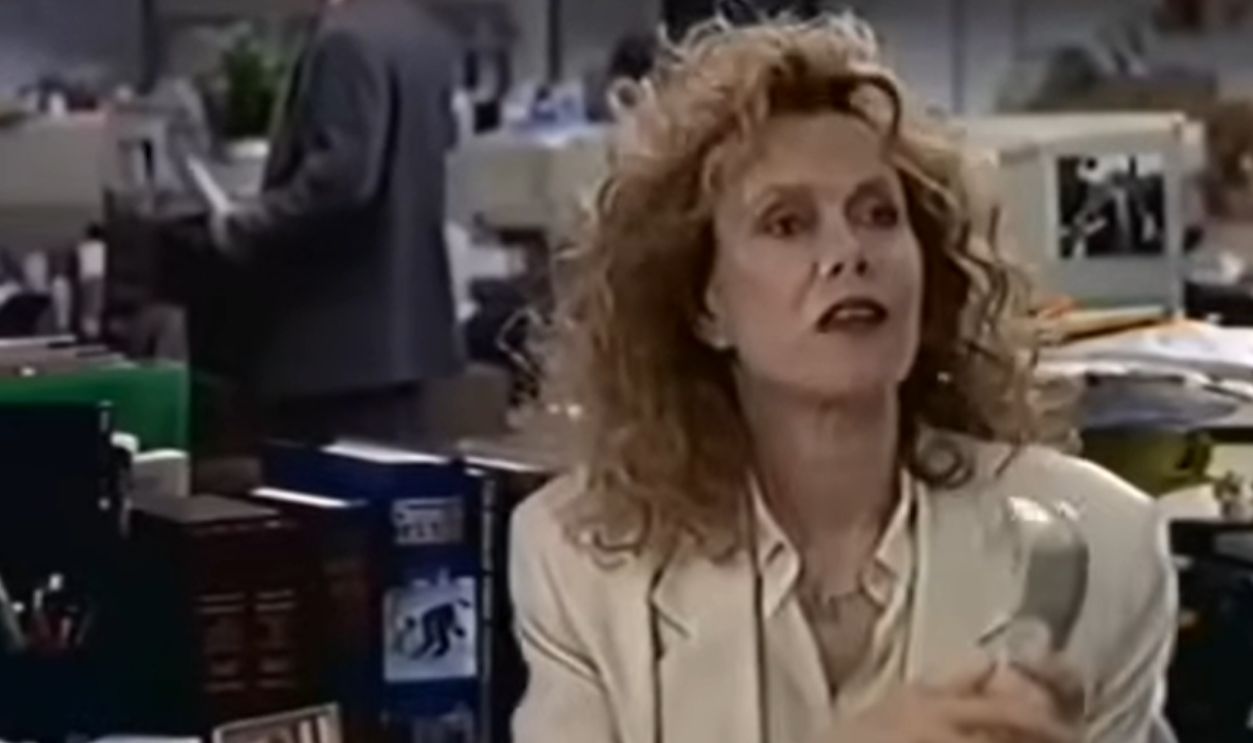 CBS, Deadline for Murder: From the Files of Edna Buchanan (1995)
CBS, Deadline for Murder: From the Files of Edna Buchanan (1995)
Elizabeth Montgomery (Cont.)
Elizabeth Montgomery’s final performance radiated strength and dignity, just as she had lived her life. Long after the cameras stopped rolling, Montgomery’s legacy continued to shimmer—charming, resilient, and eternally spellbinding.
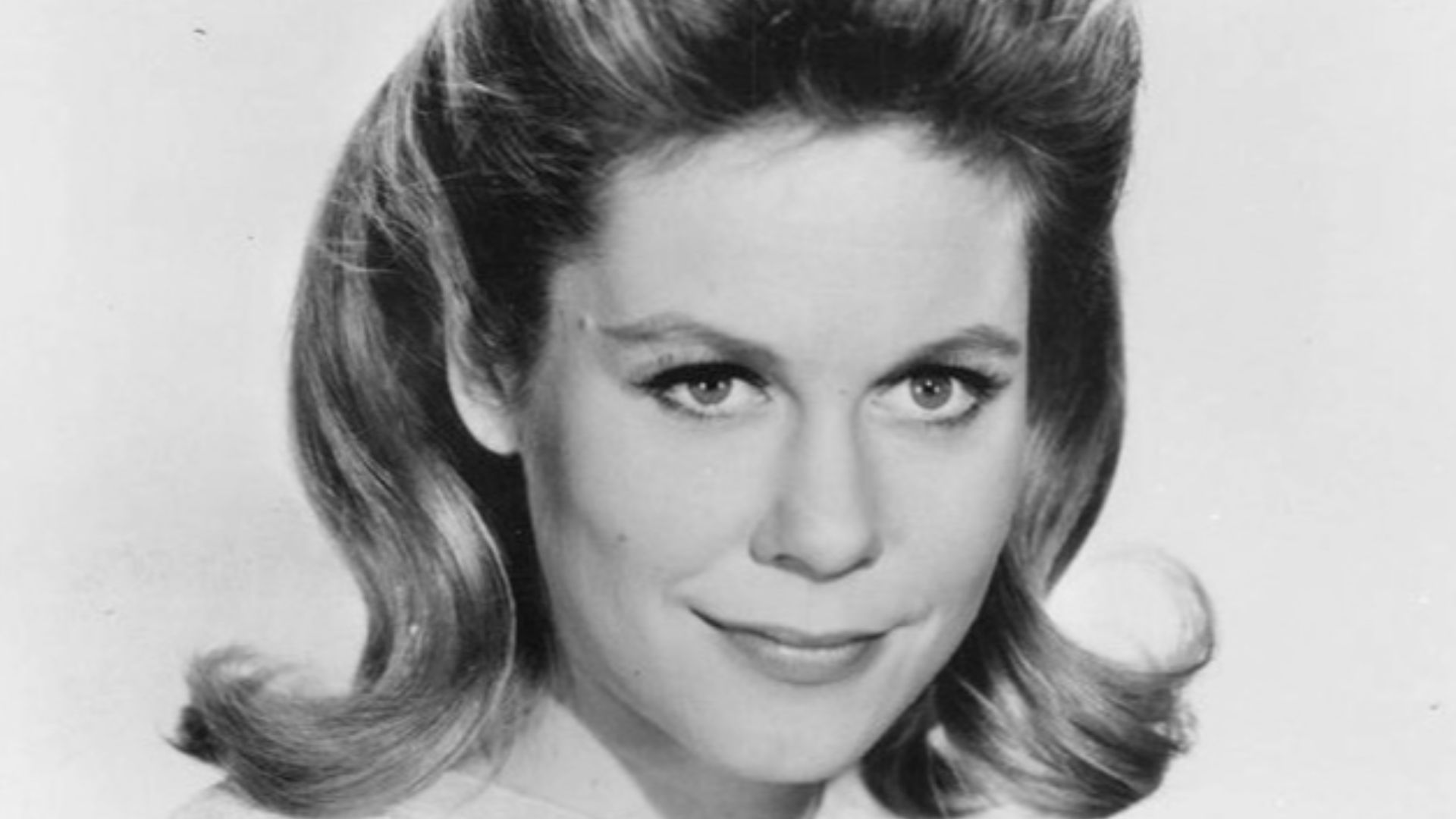 ABC Television Uploaded by We hope at en.wikipedia, Wikimedia Commons
ABC Television Uploaded by We hope at en.wikipedia, Wikimedia Commons
Lynn Redgrave
In 2008’s Nightingale, Lynn Redgrave delivered a hauntingly intimate solo performance that mirrored her personal struggle with cancer. Her nuanced portrayal of isolation and memory revealed an artist still mastering her craft.
Lynn Redgrave (Cont.)
Originally a stage production later recorded for limited viewing, Nightingale stood among Redgrave’s final major performances before her passing in 2010. It served as a deeply personal farewell—an unflinching reflection of resilience and her enduring devotion to authentic storytelling.
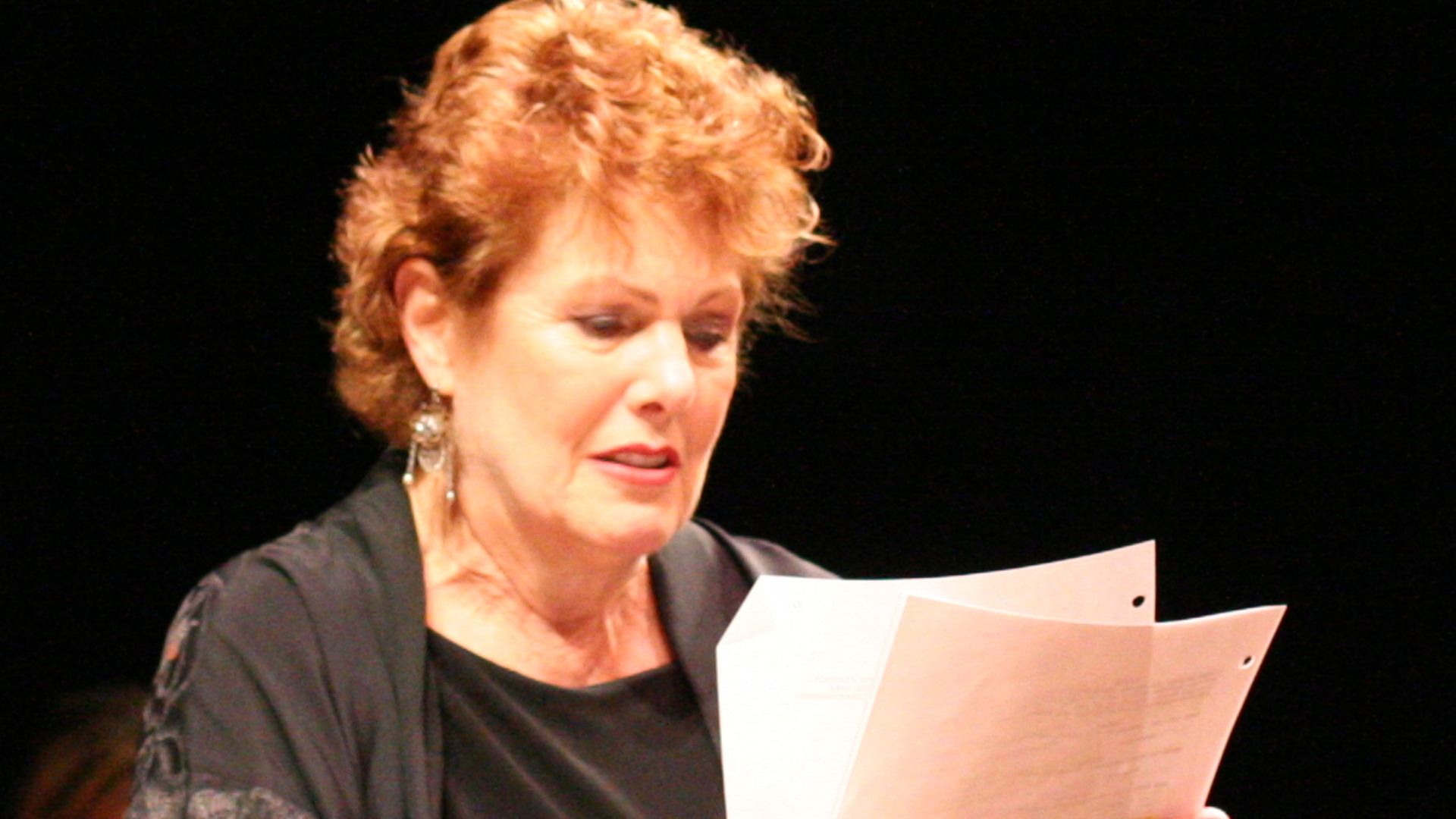 Hollyraysherrer, Wikimedia Commons
Hollyraysherrer, Wikimedia Commons

